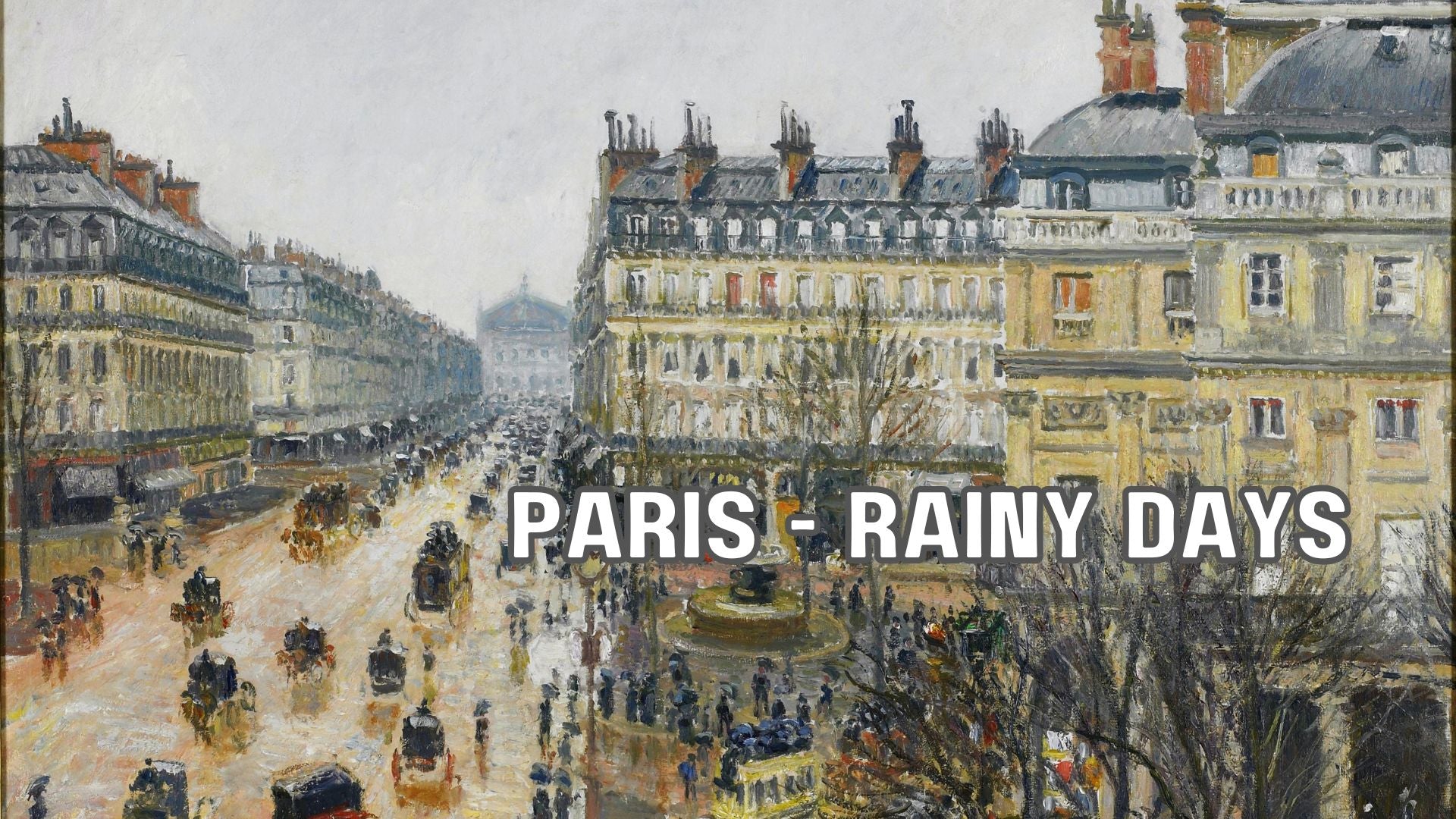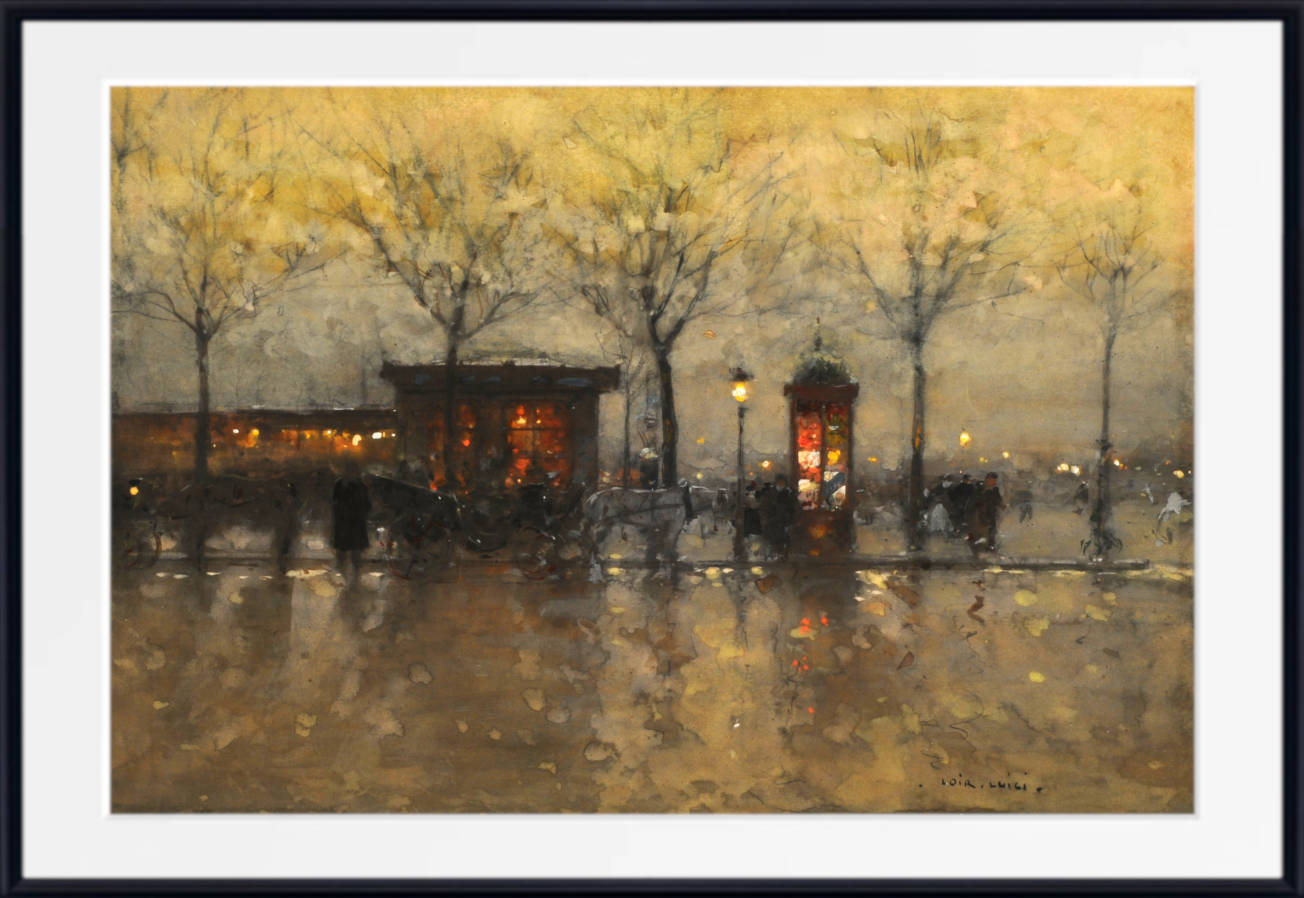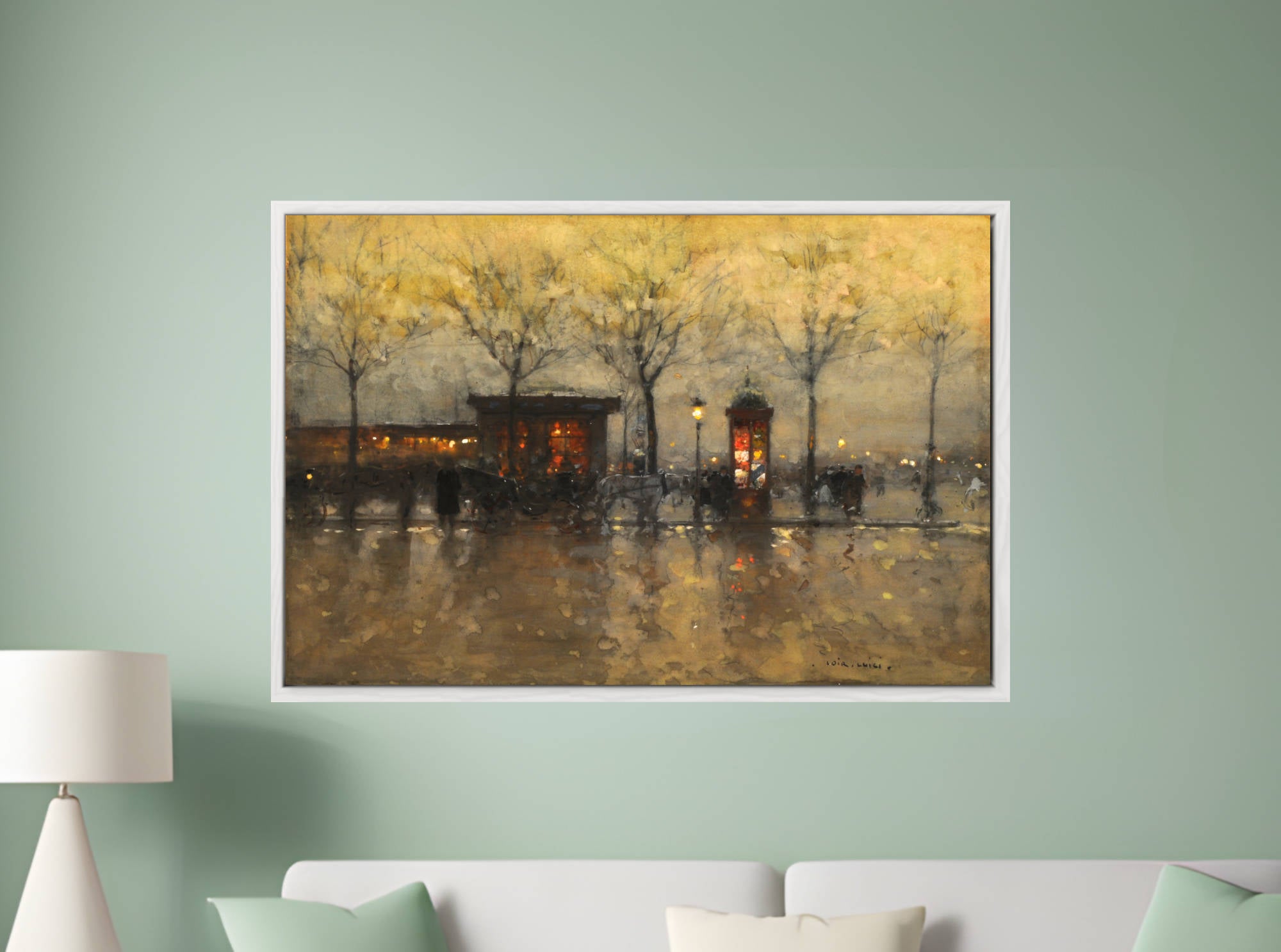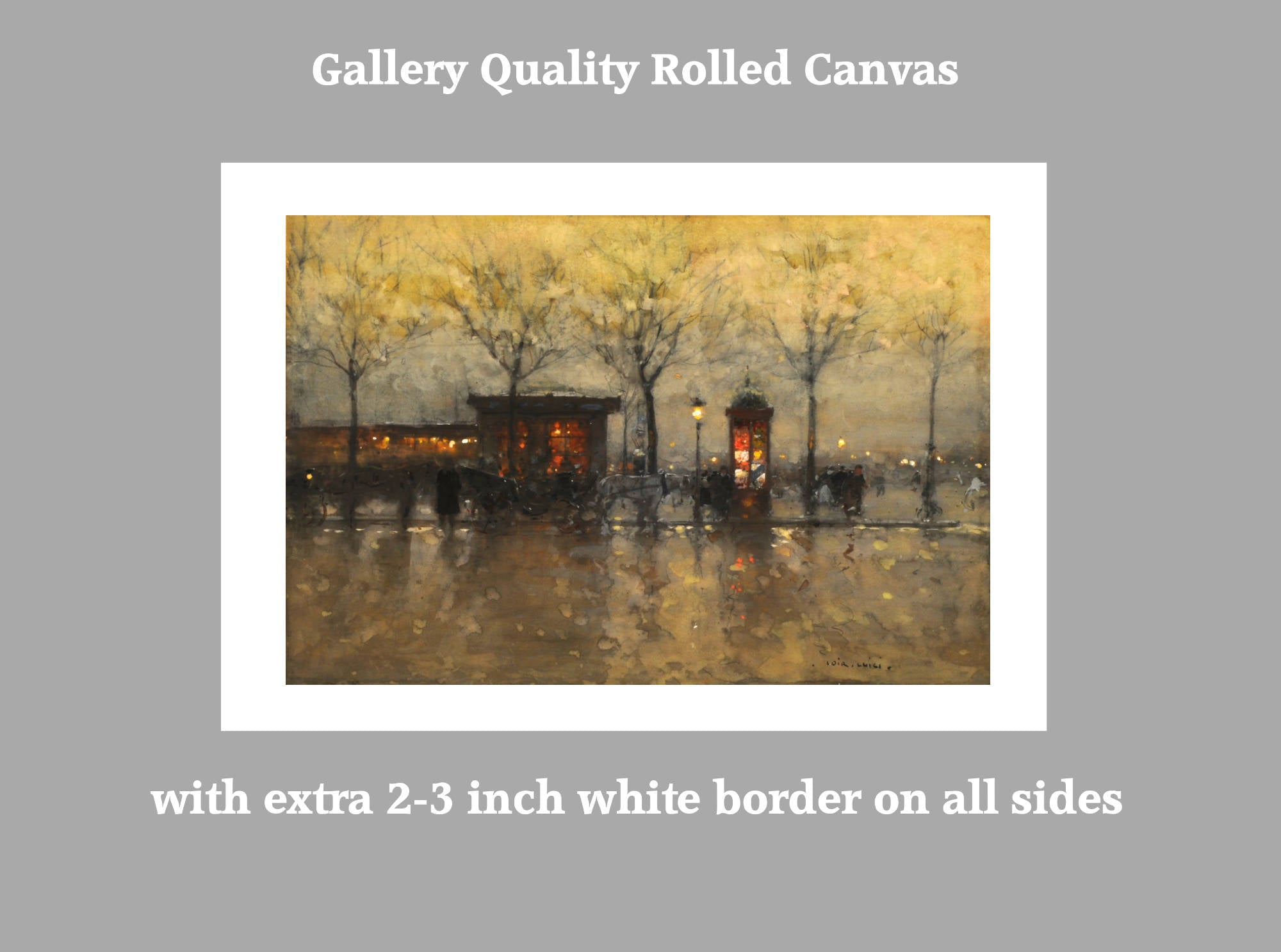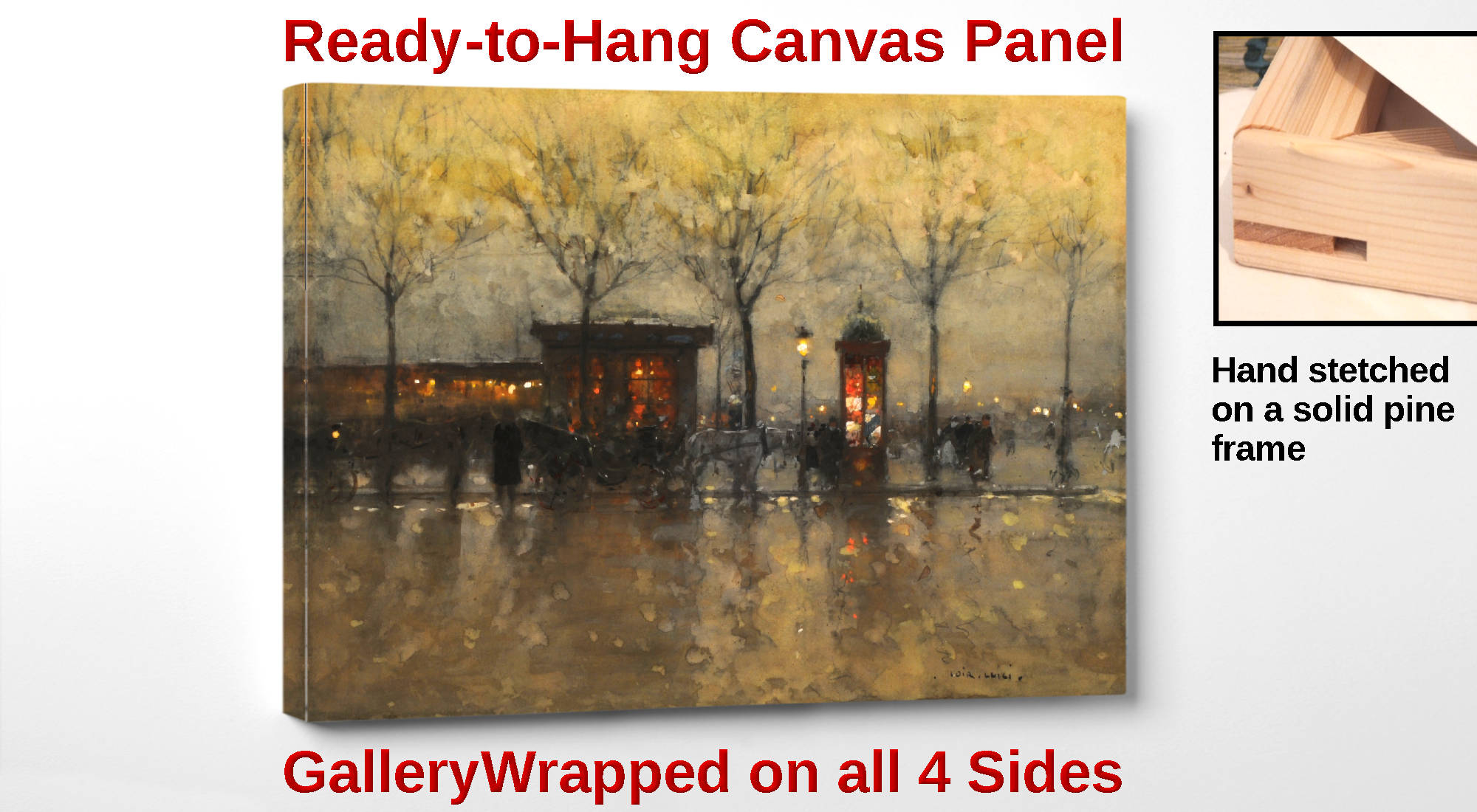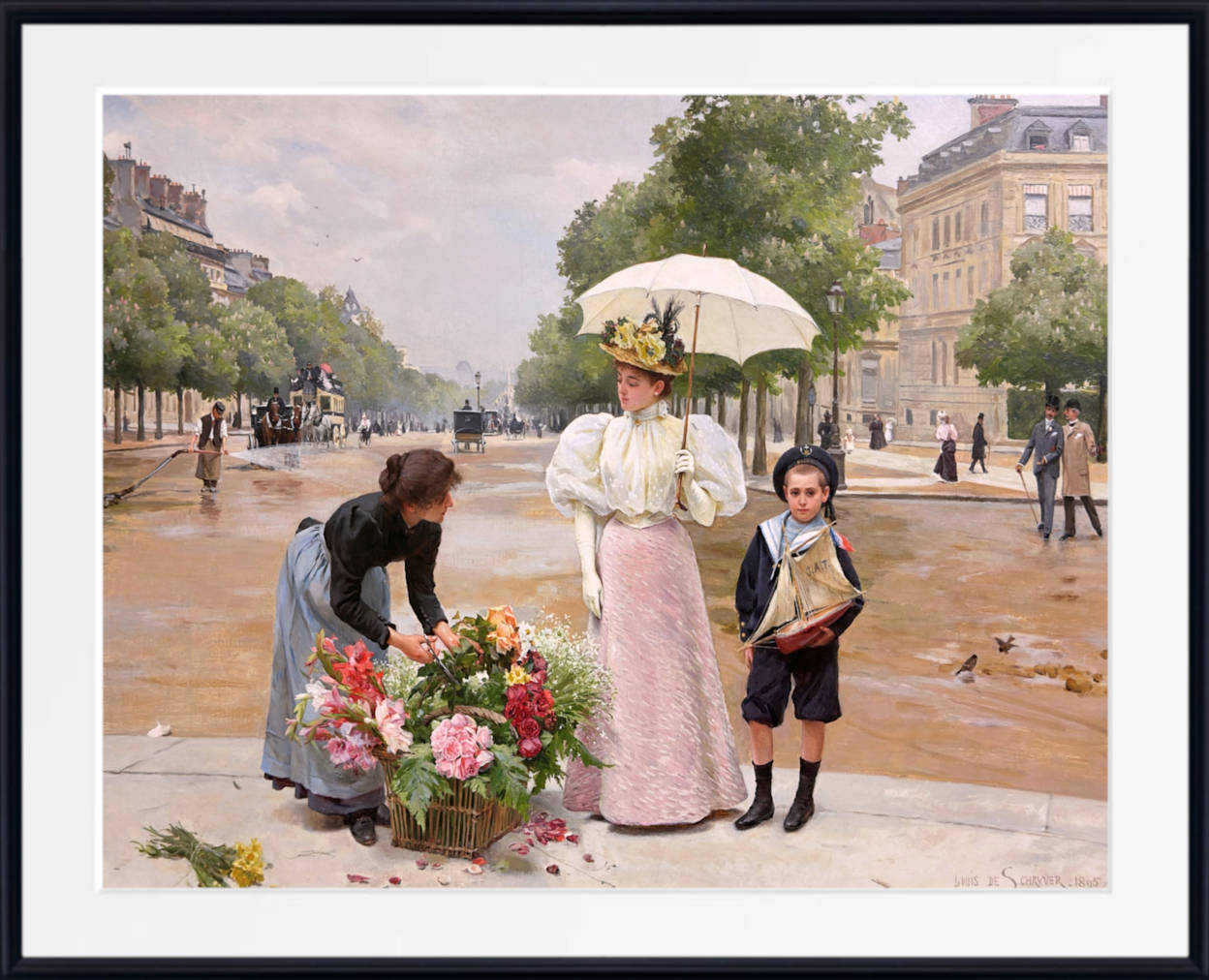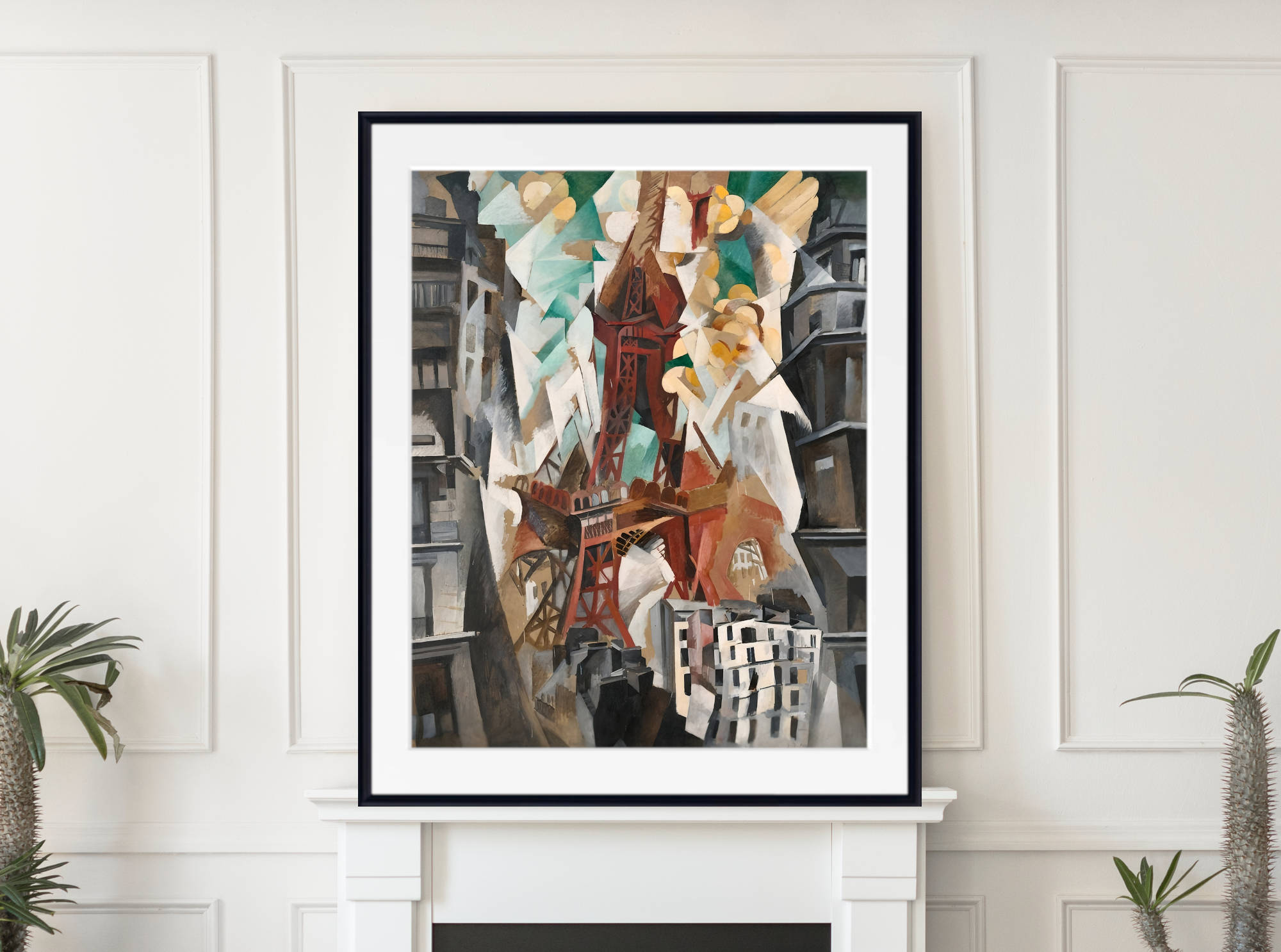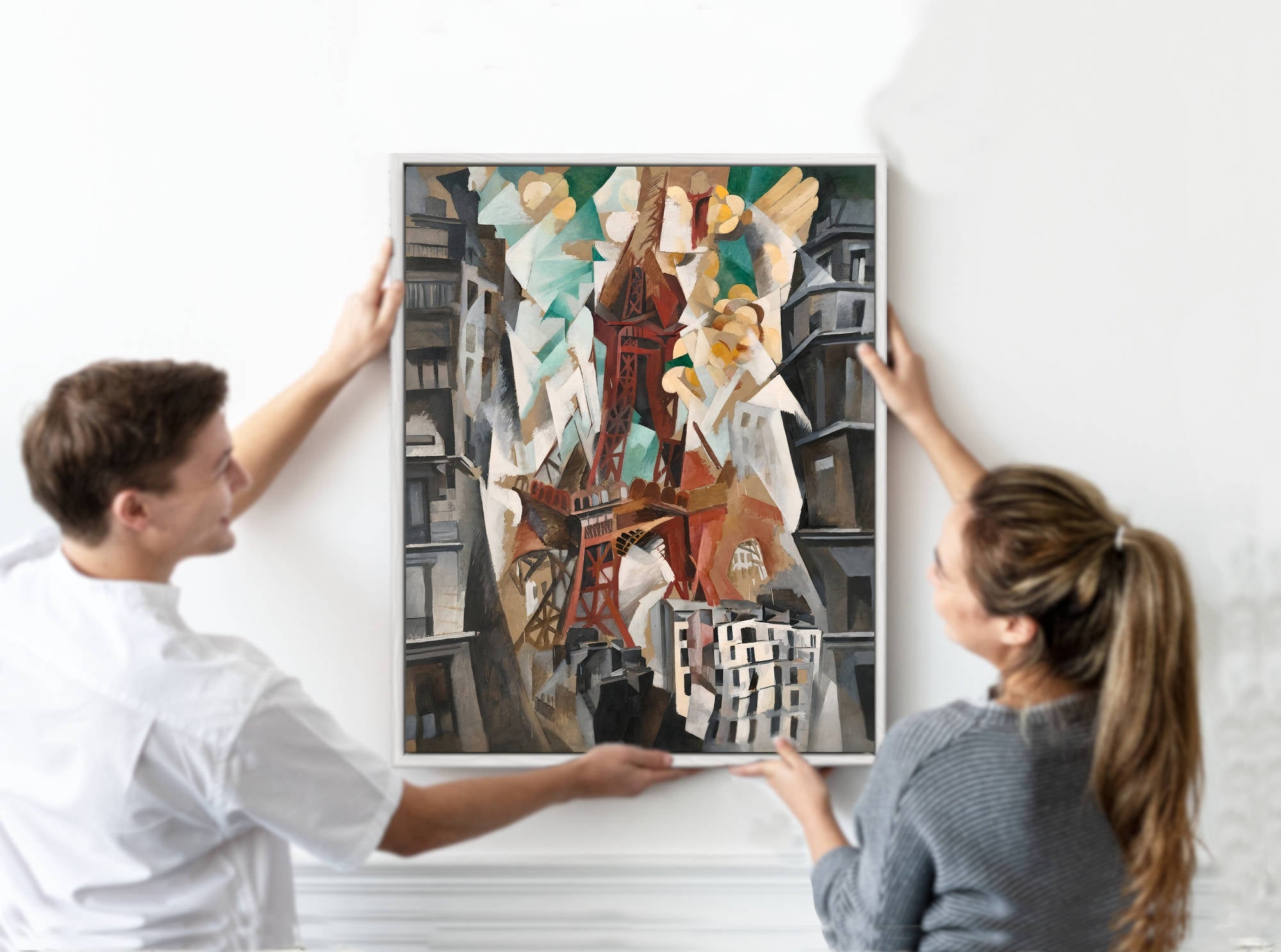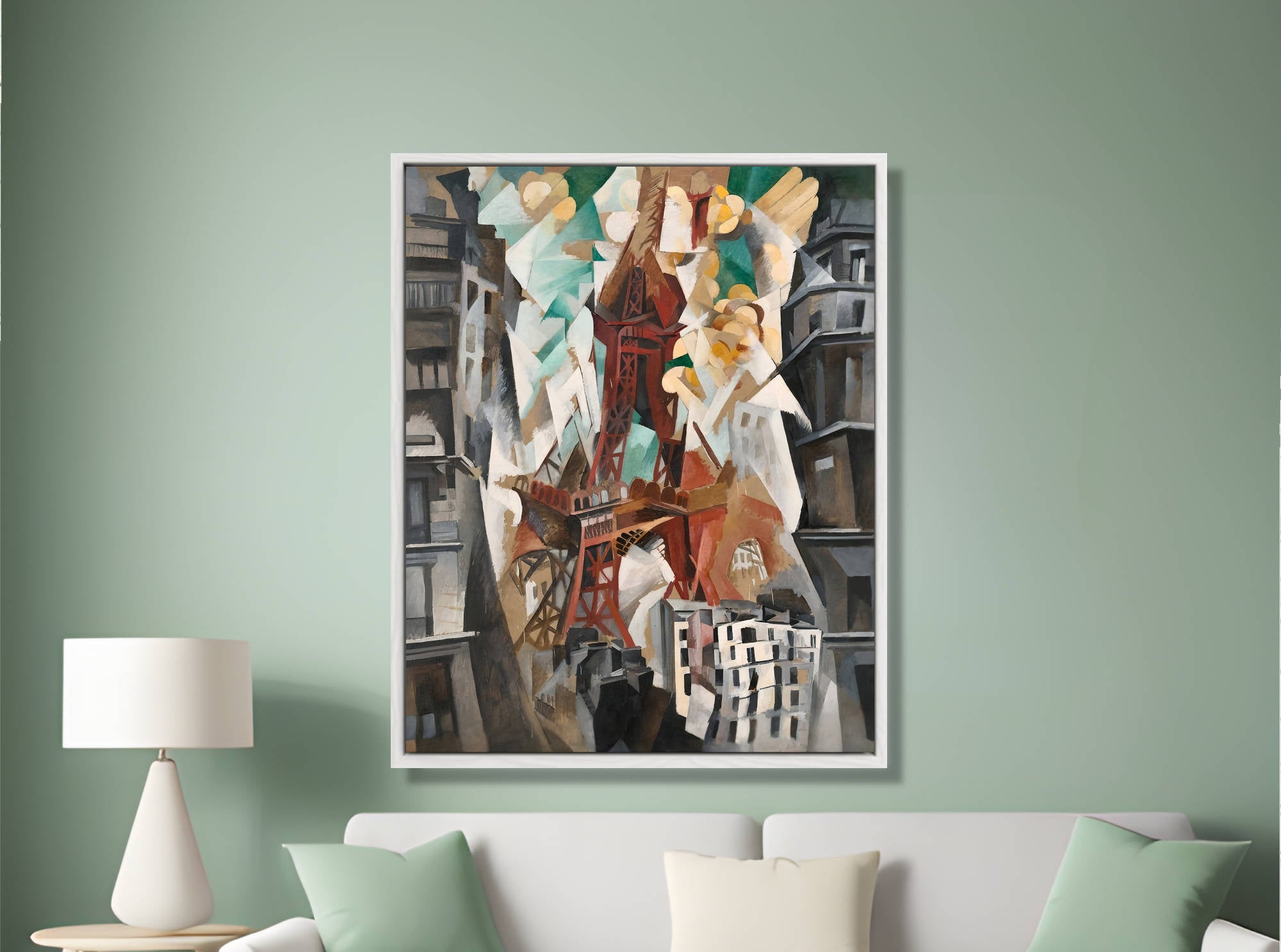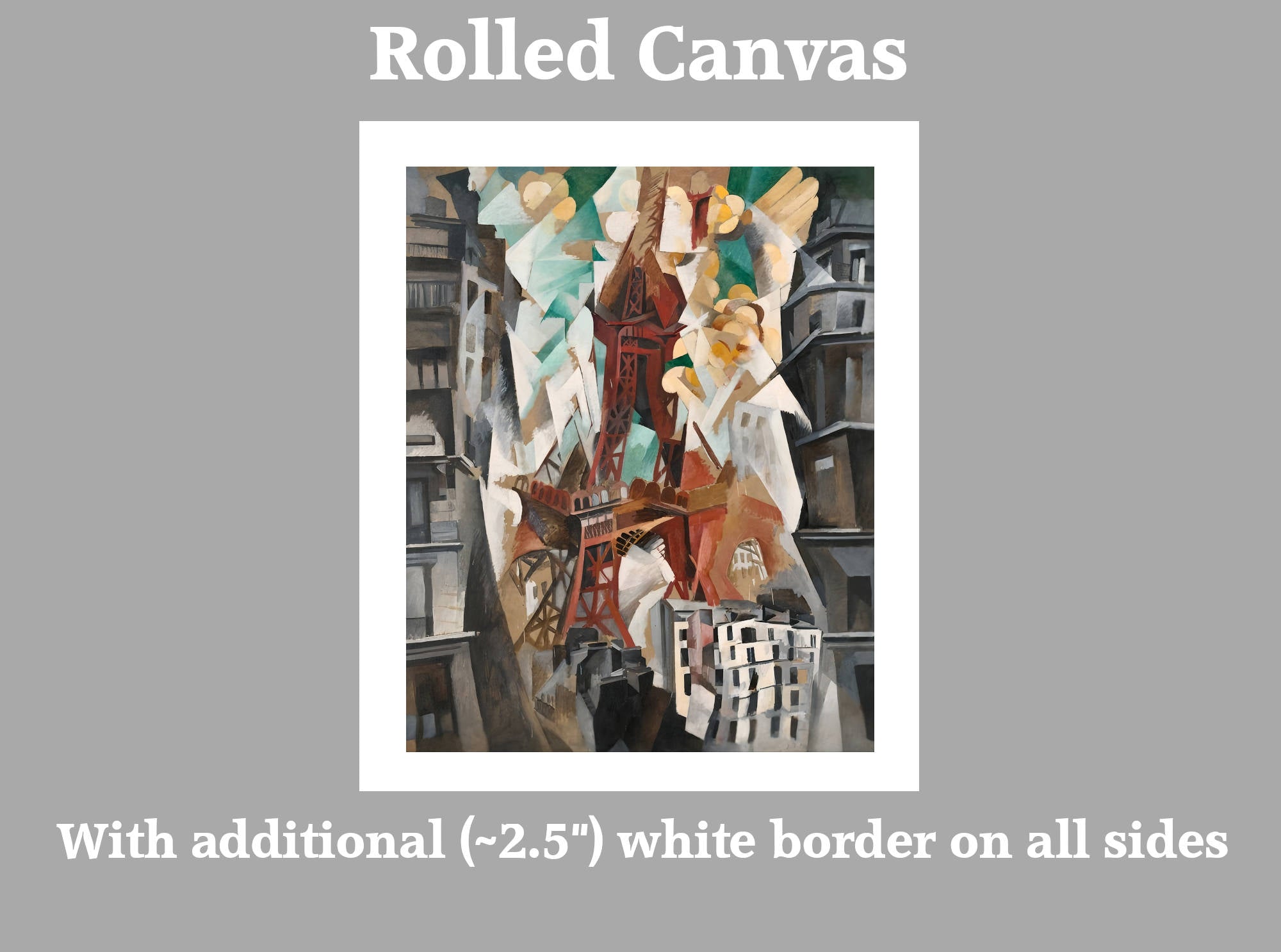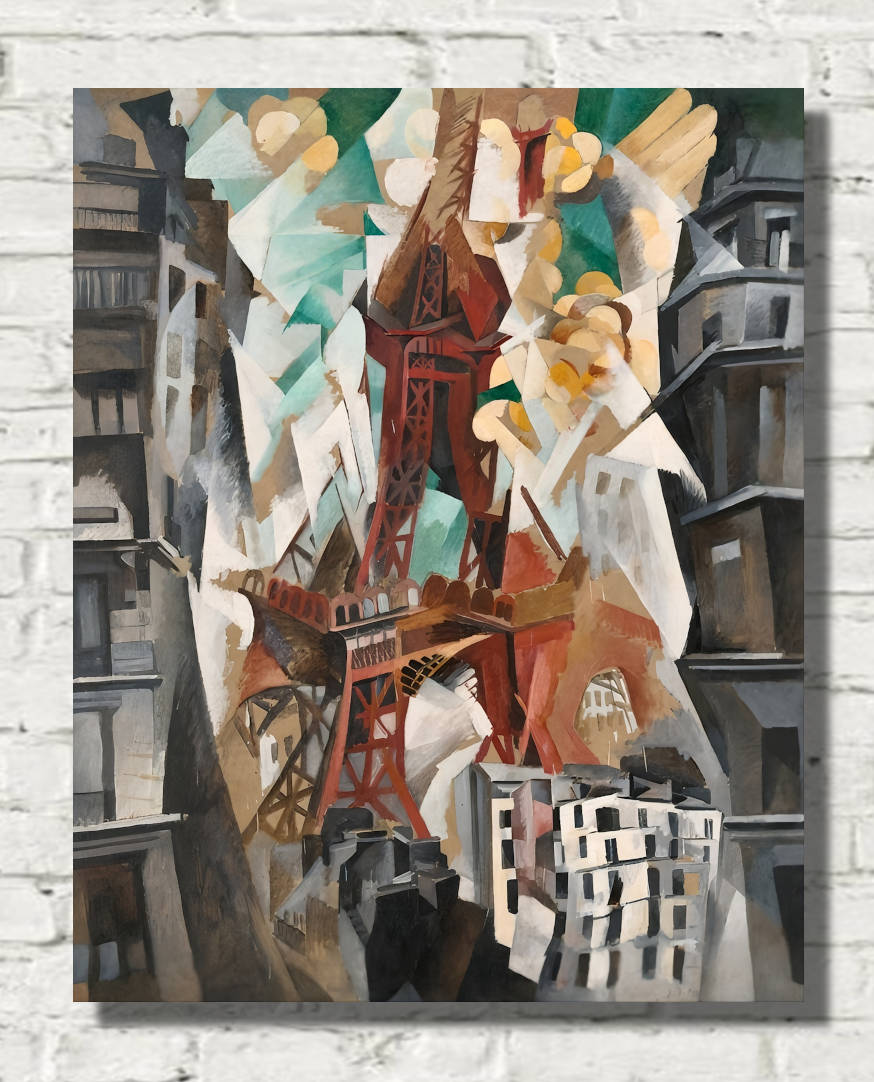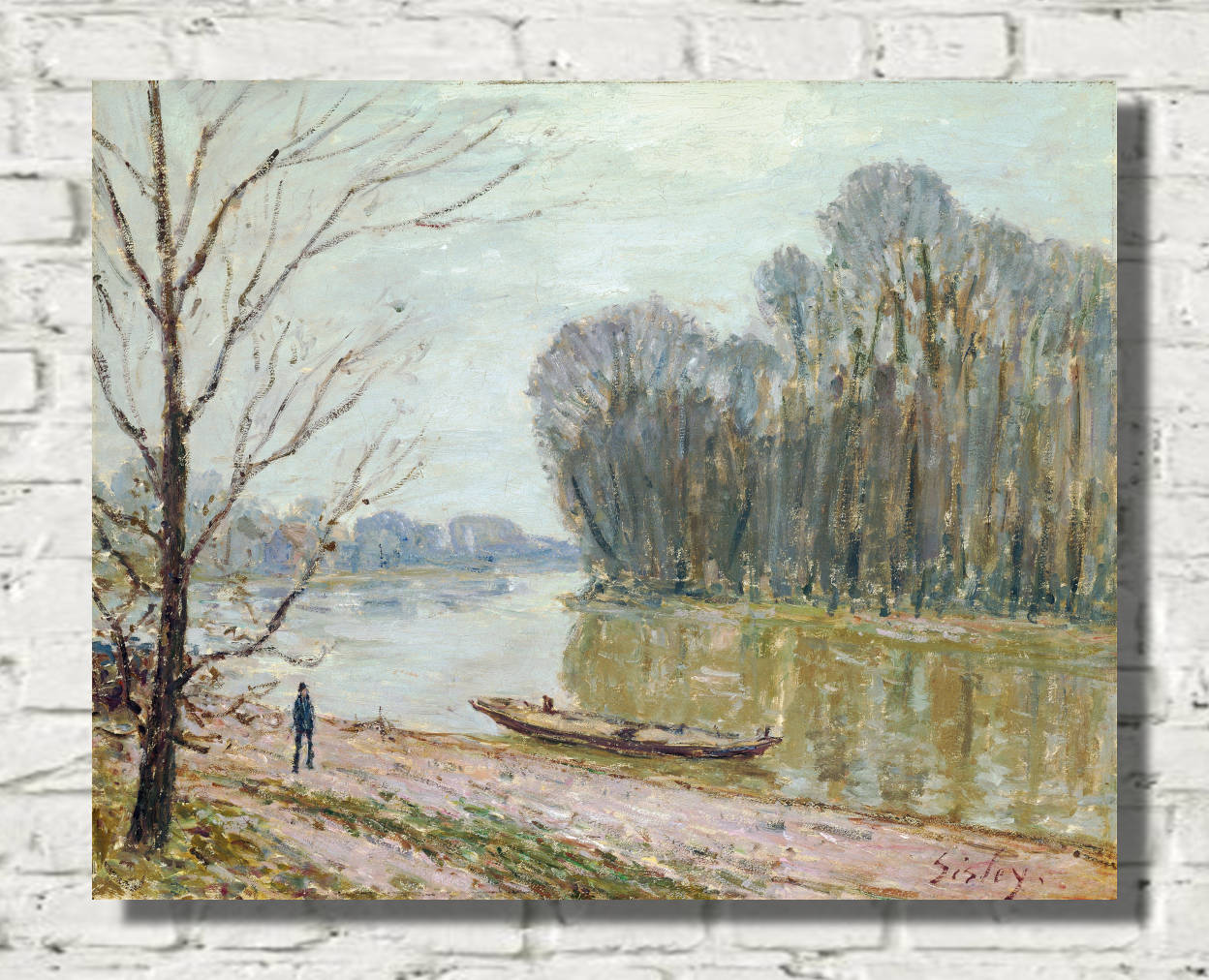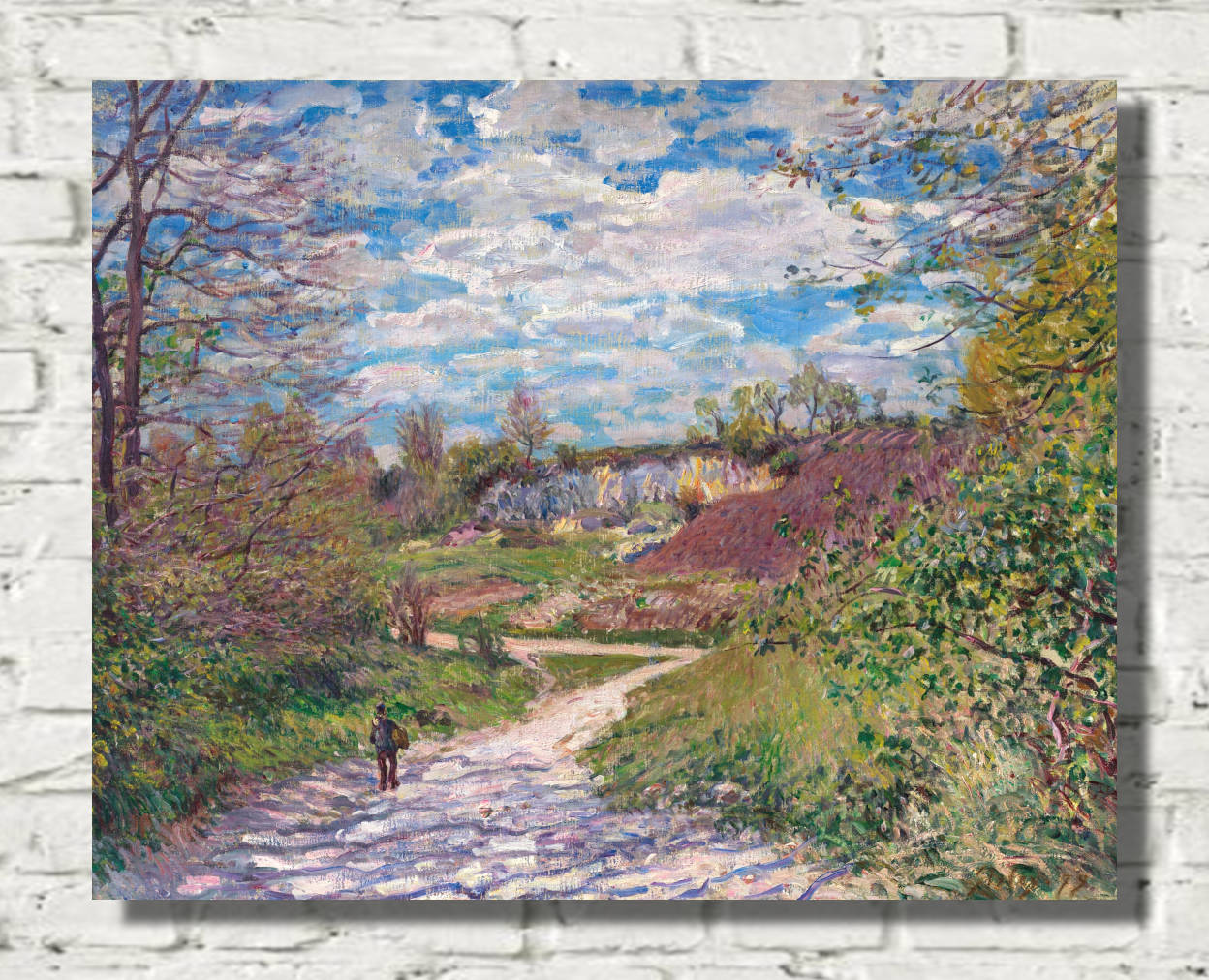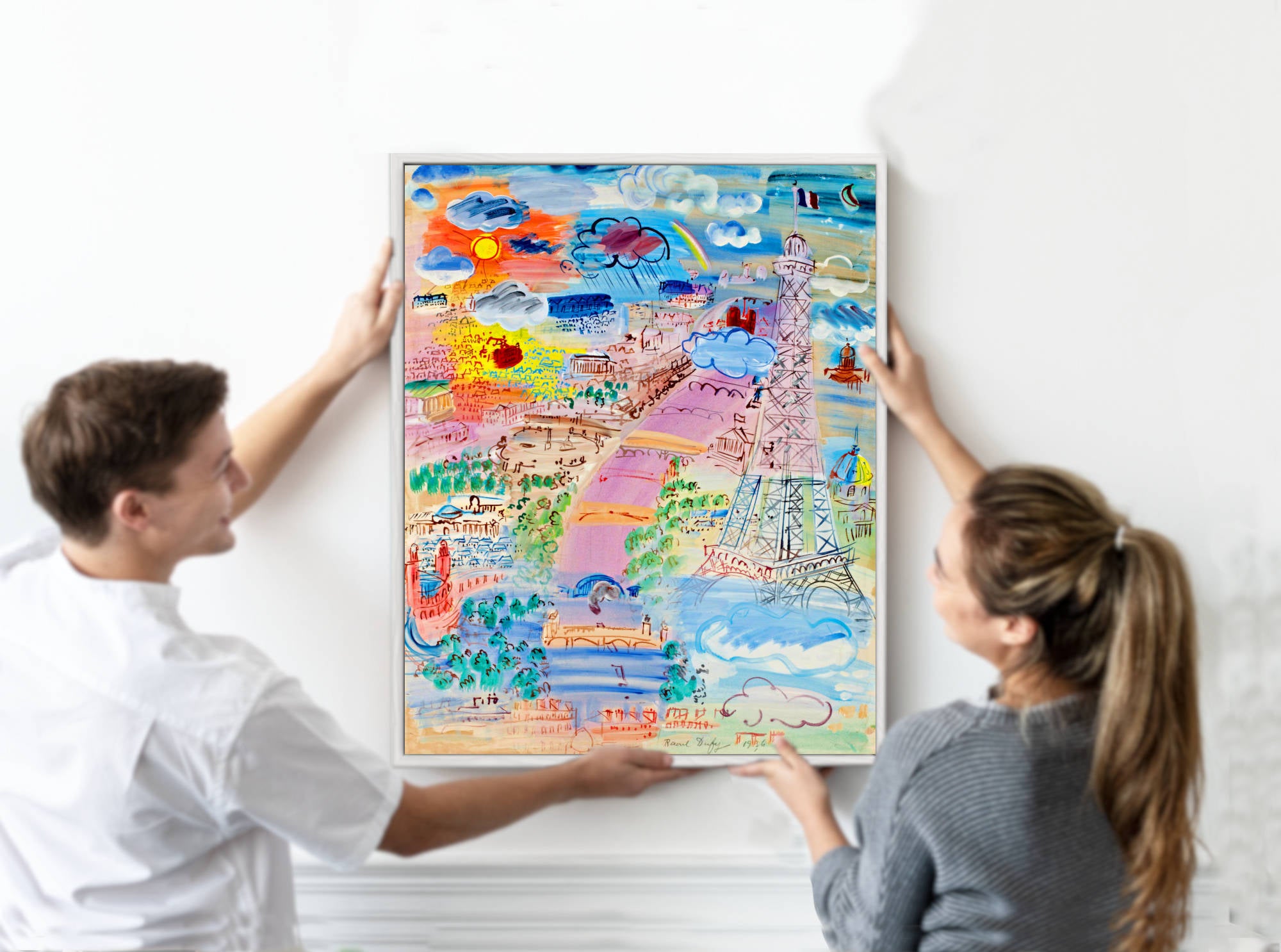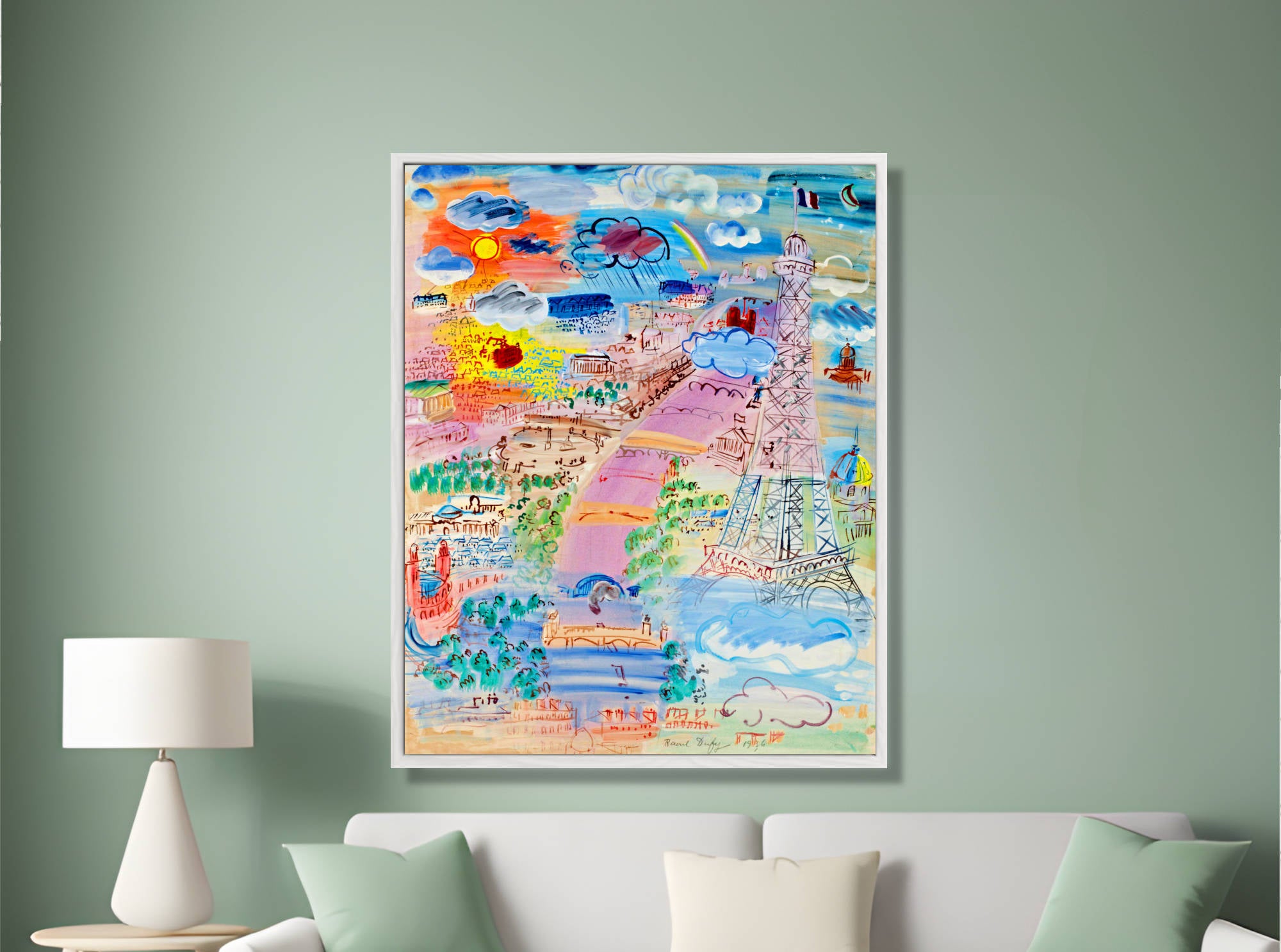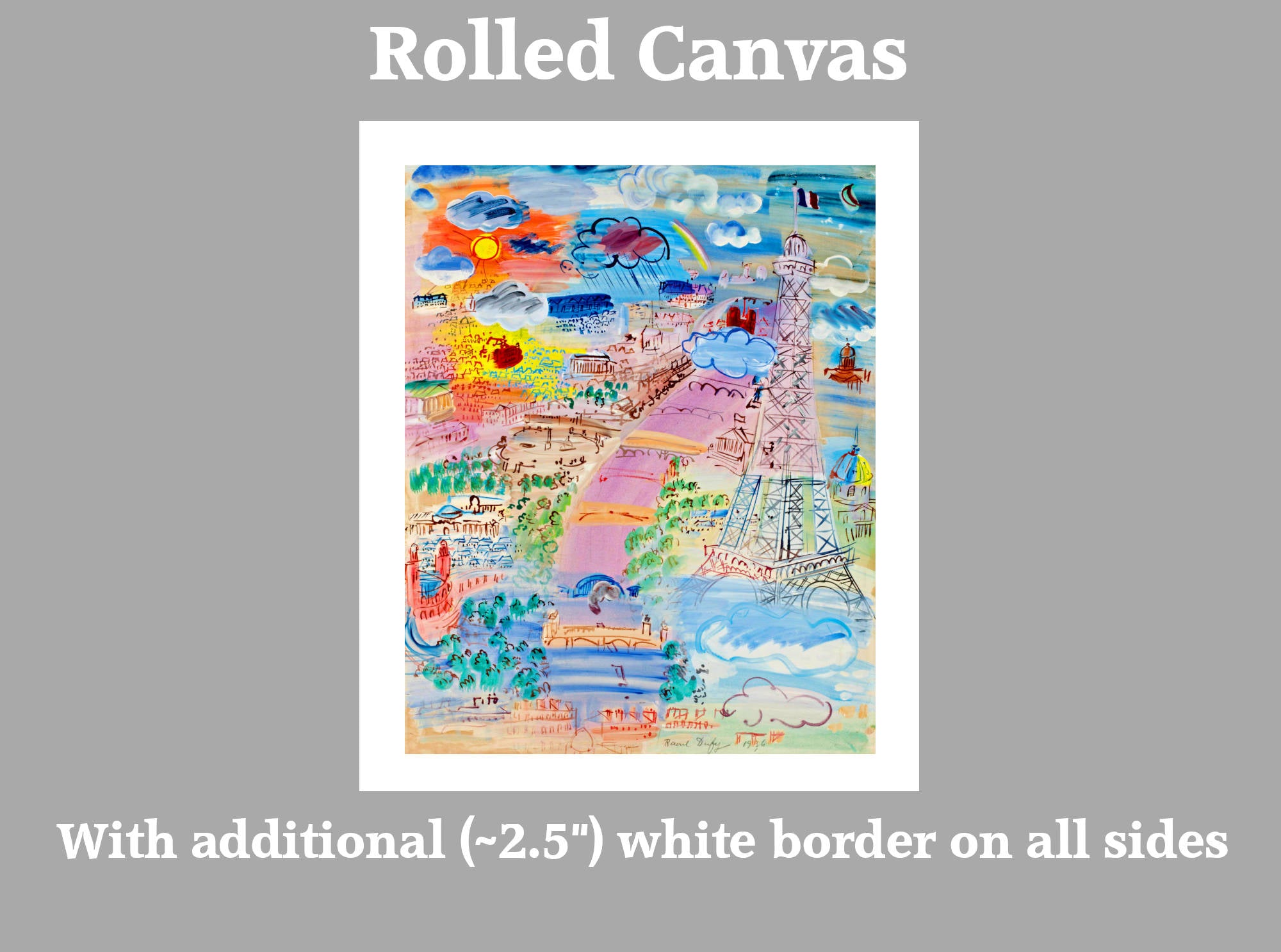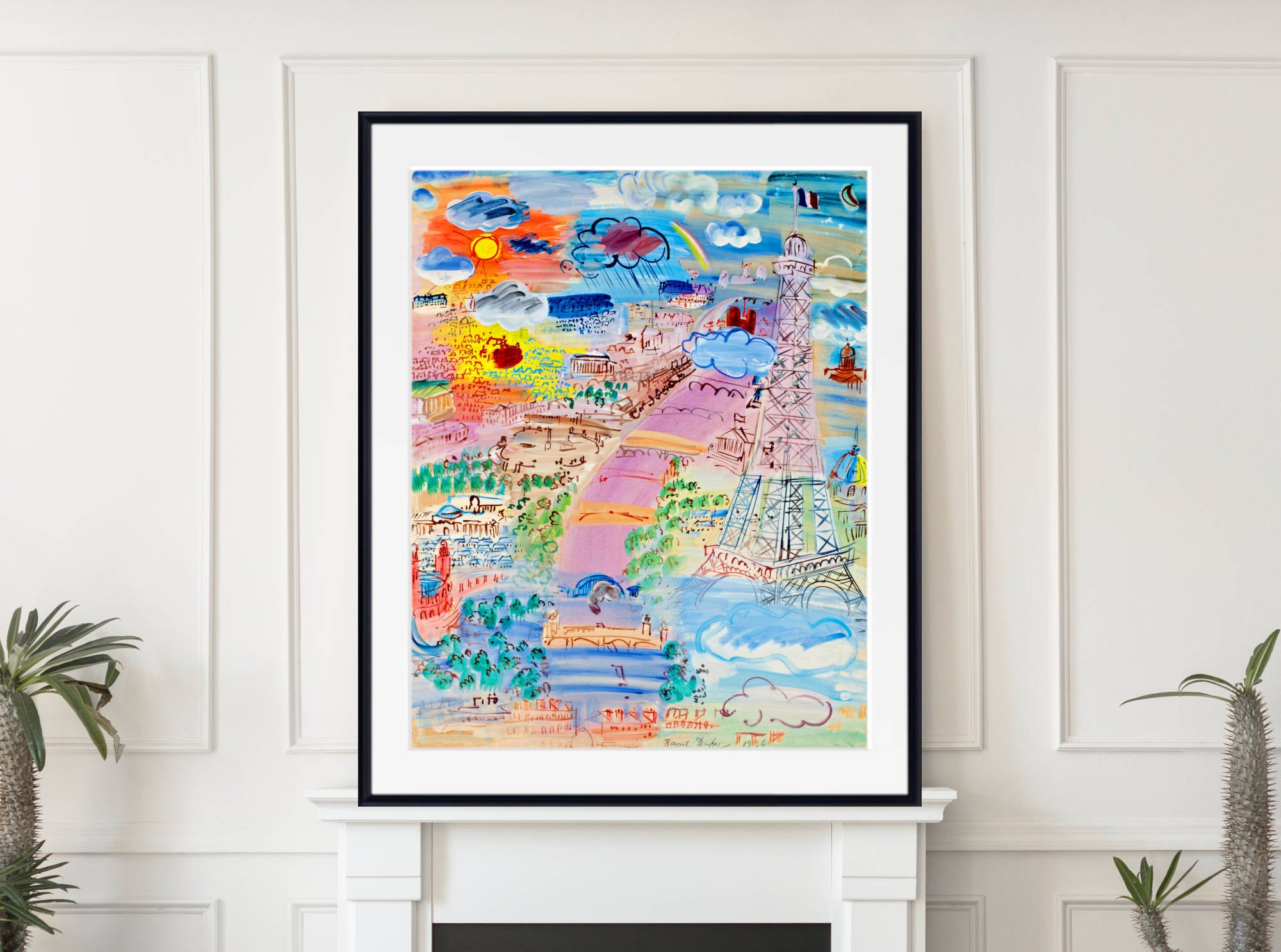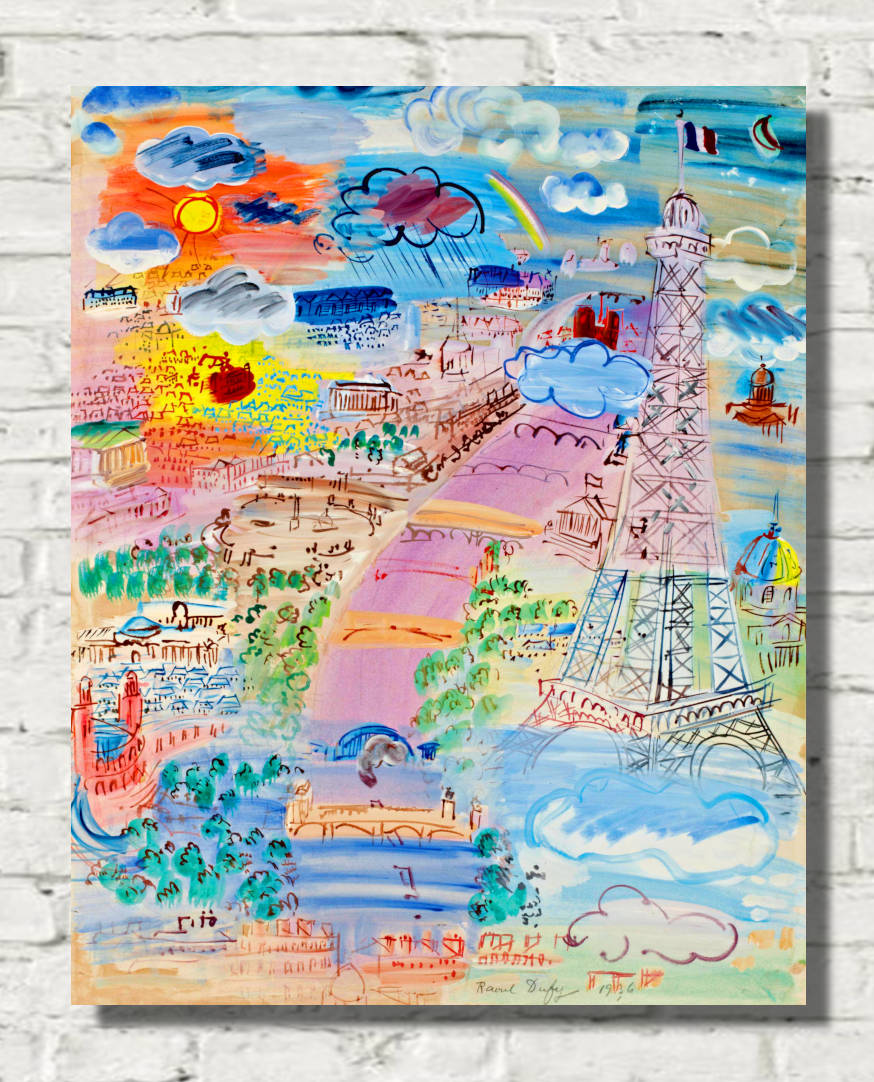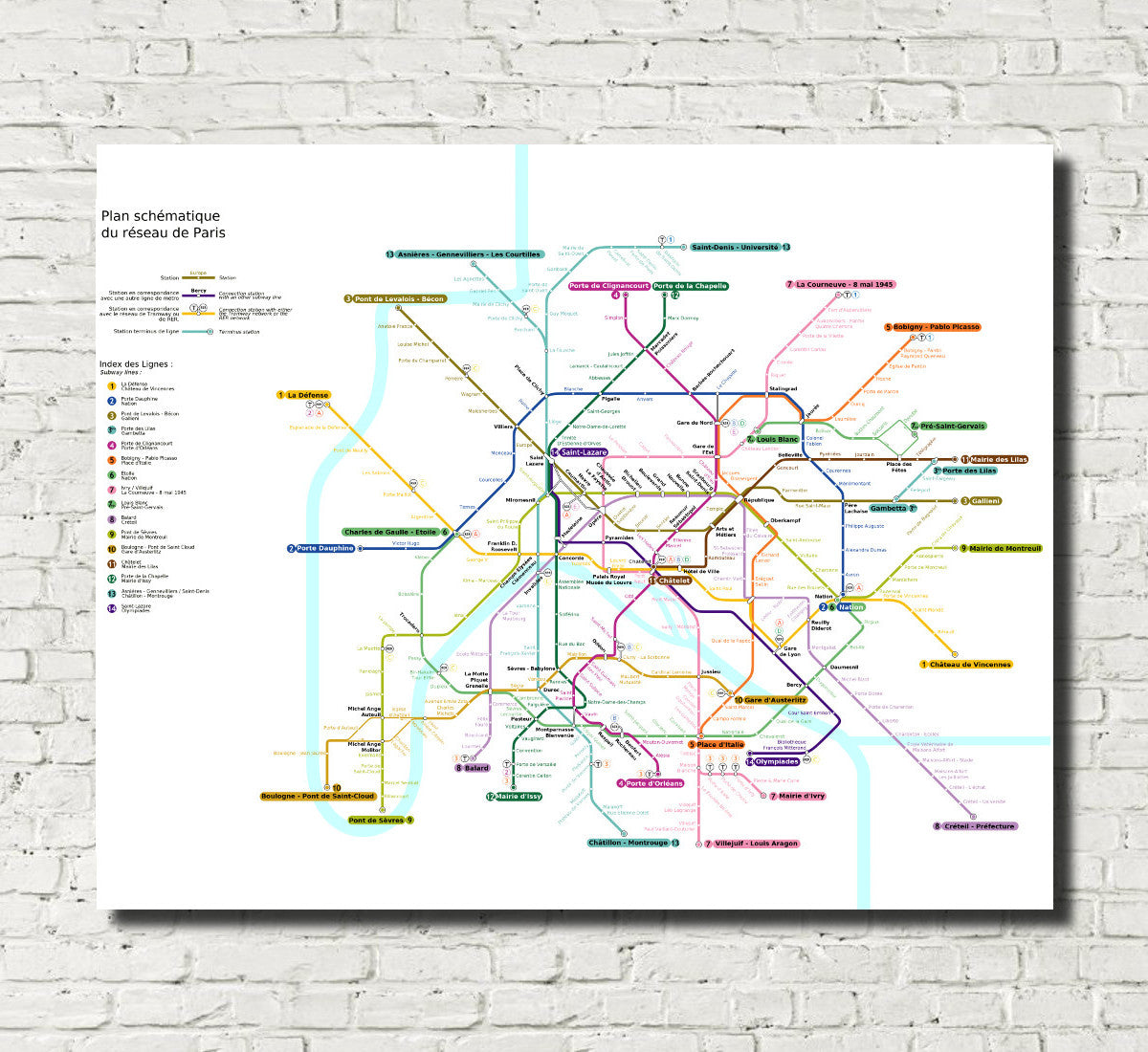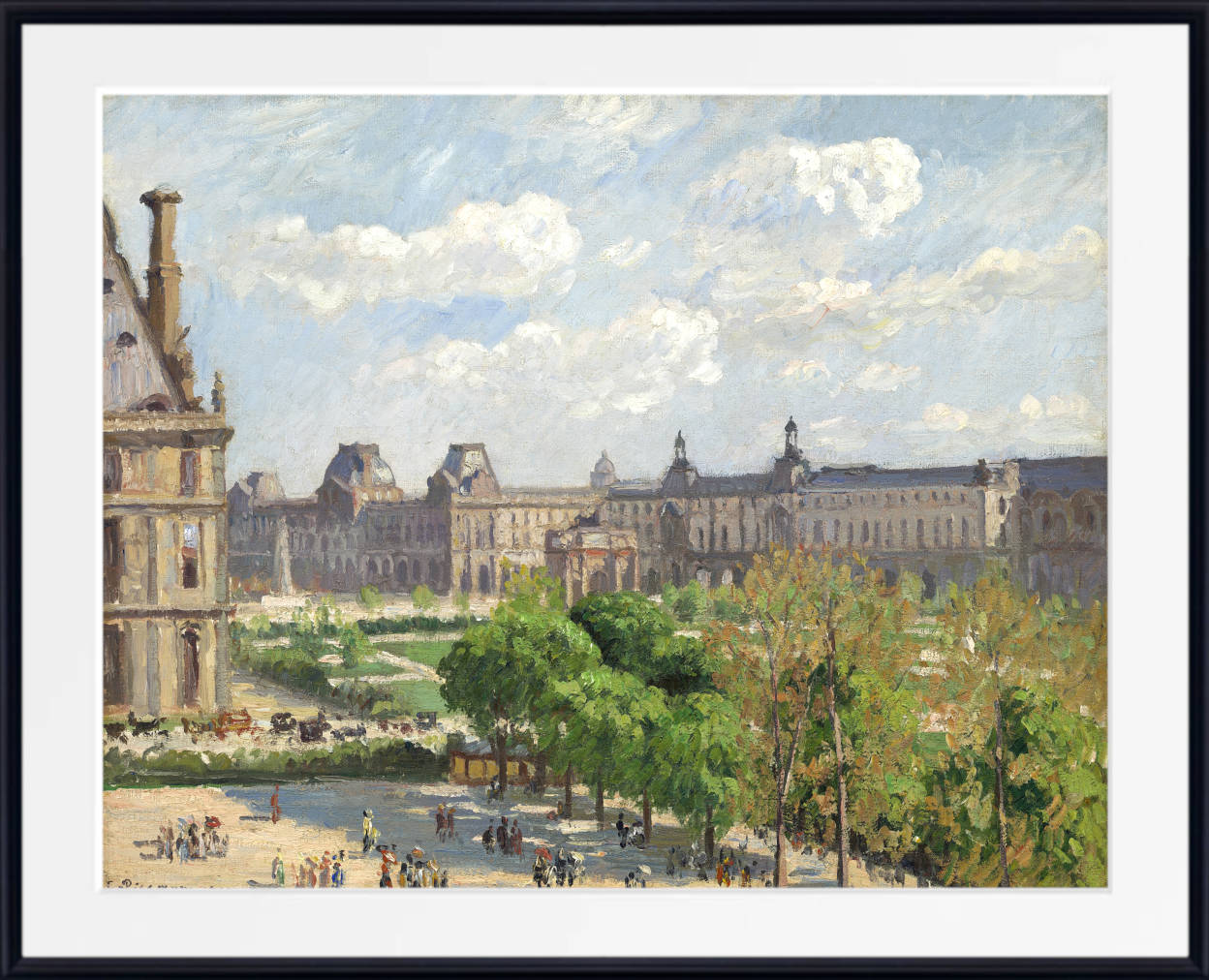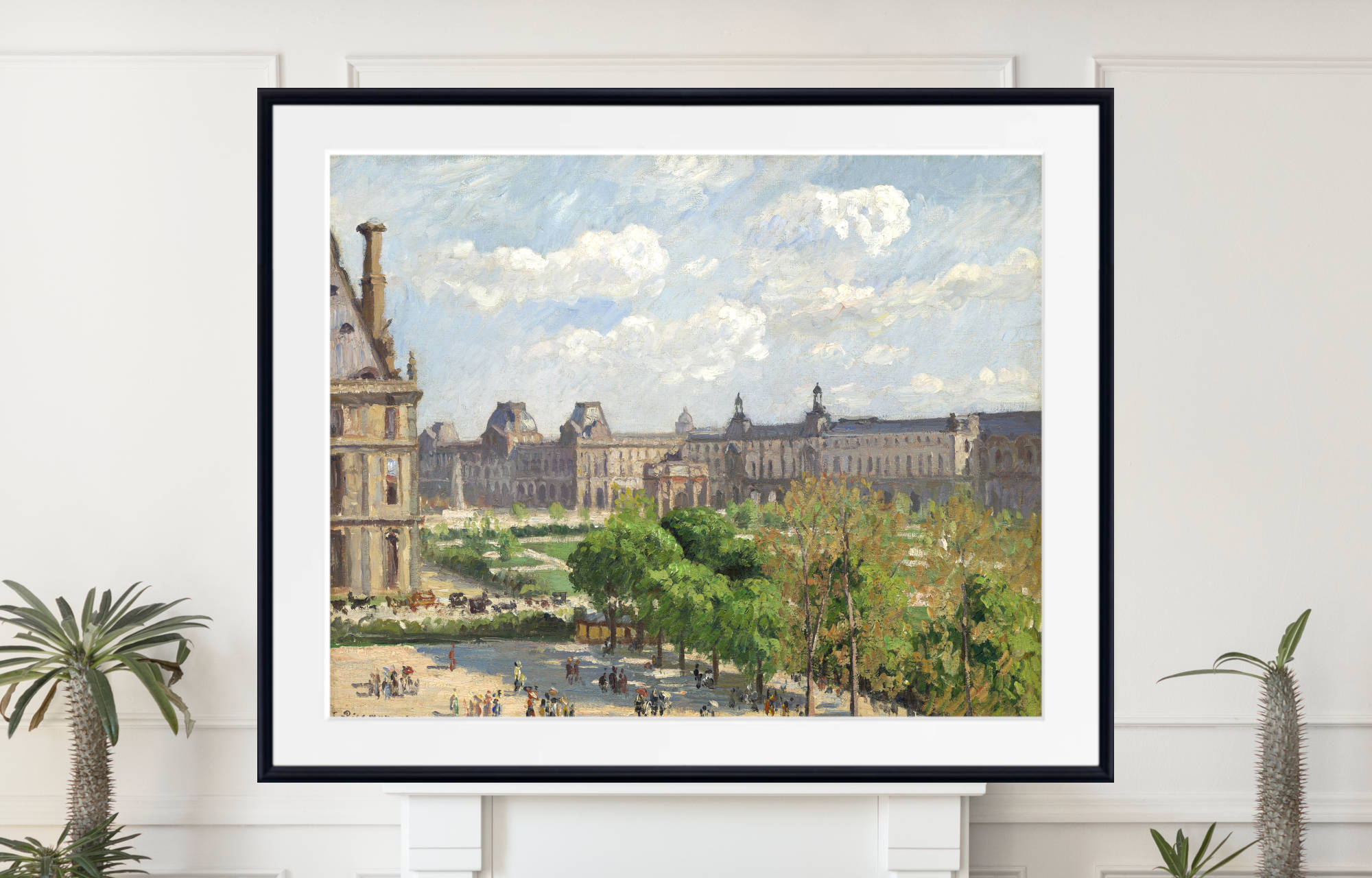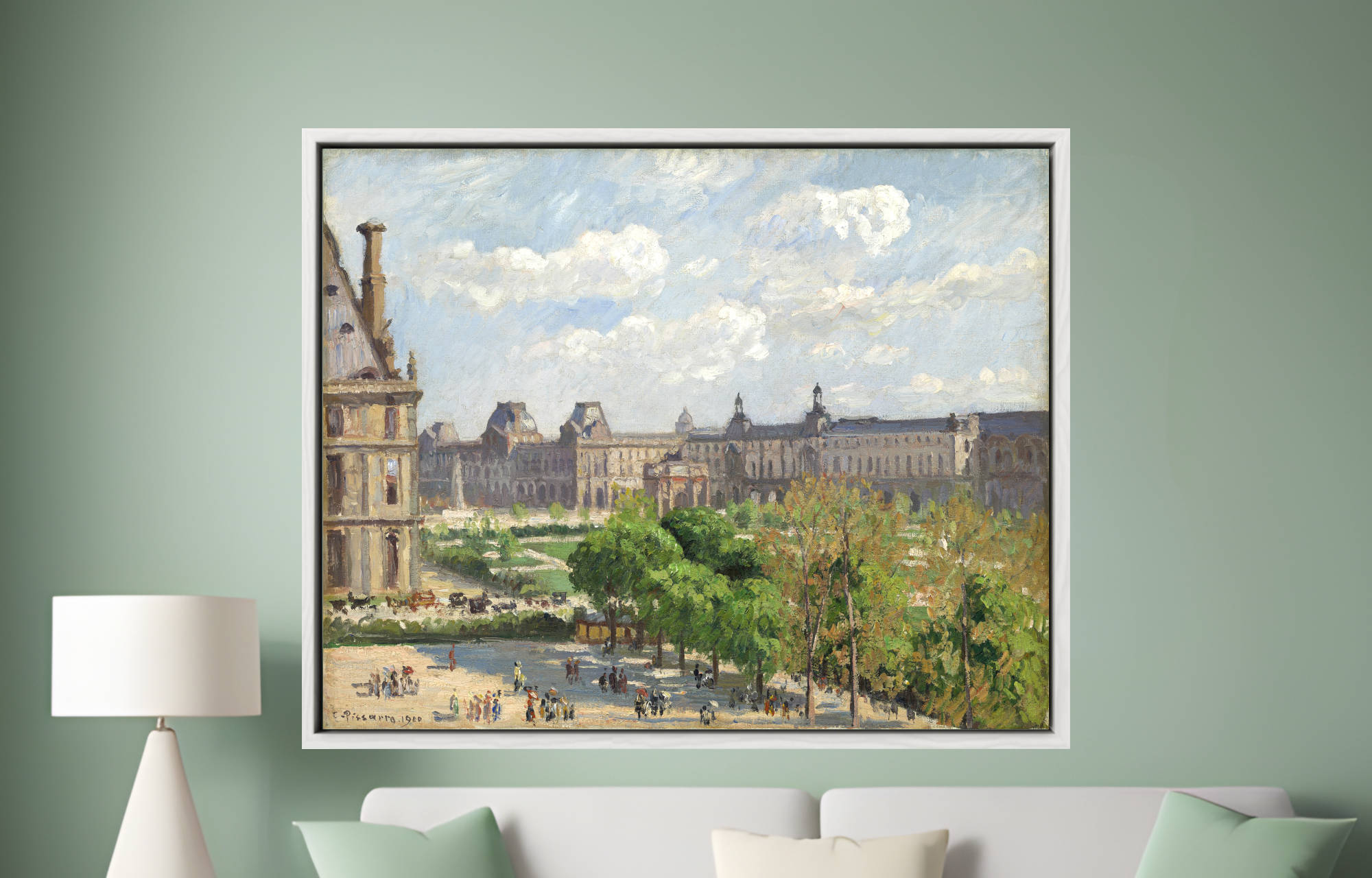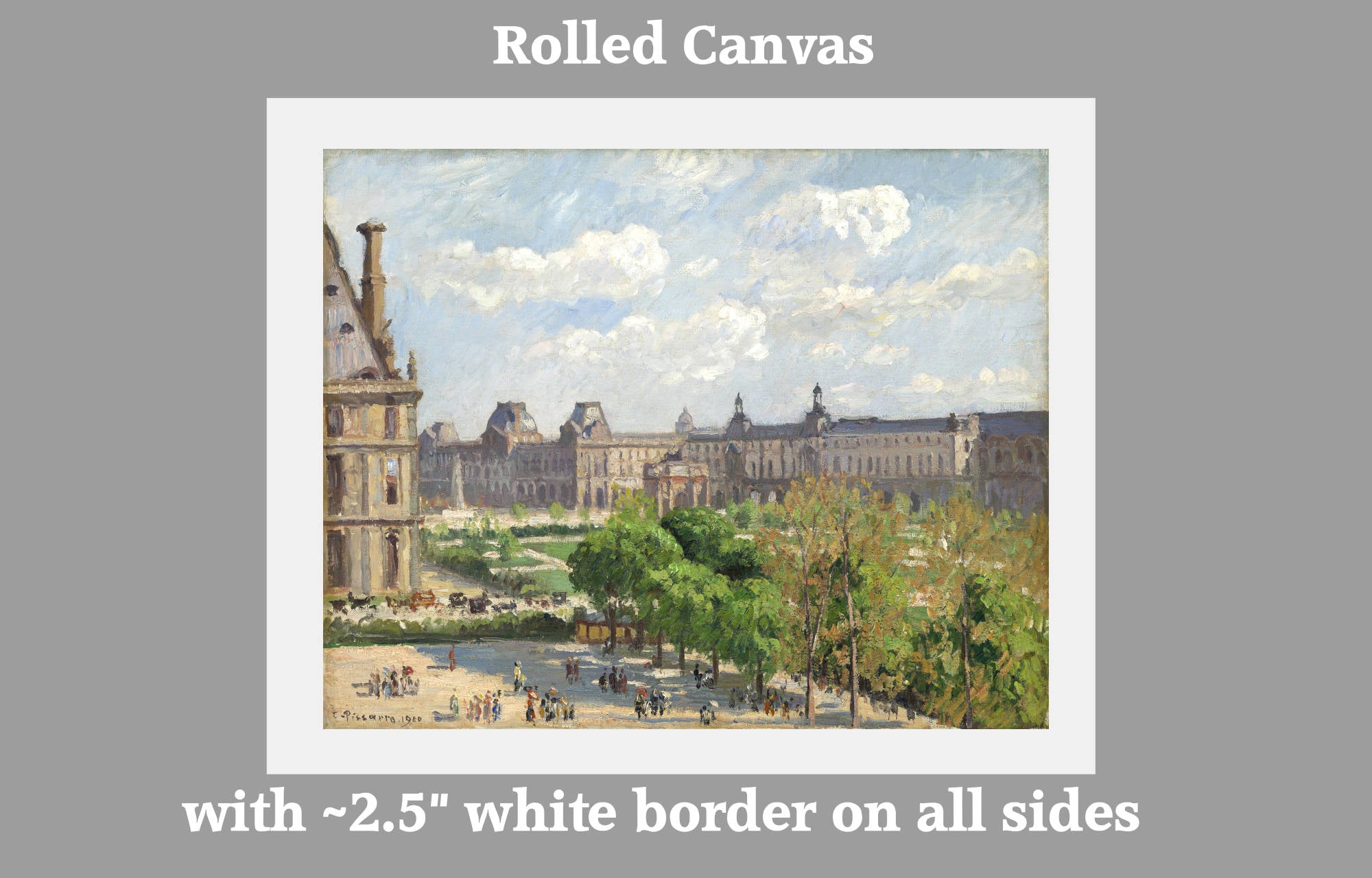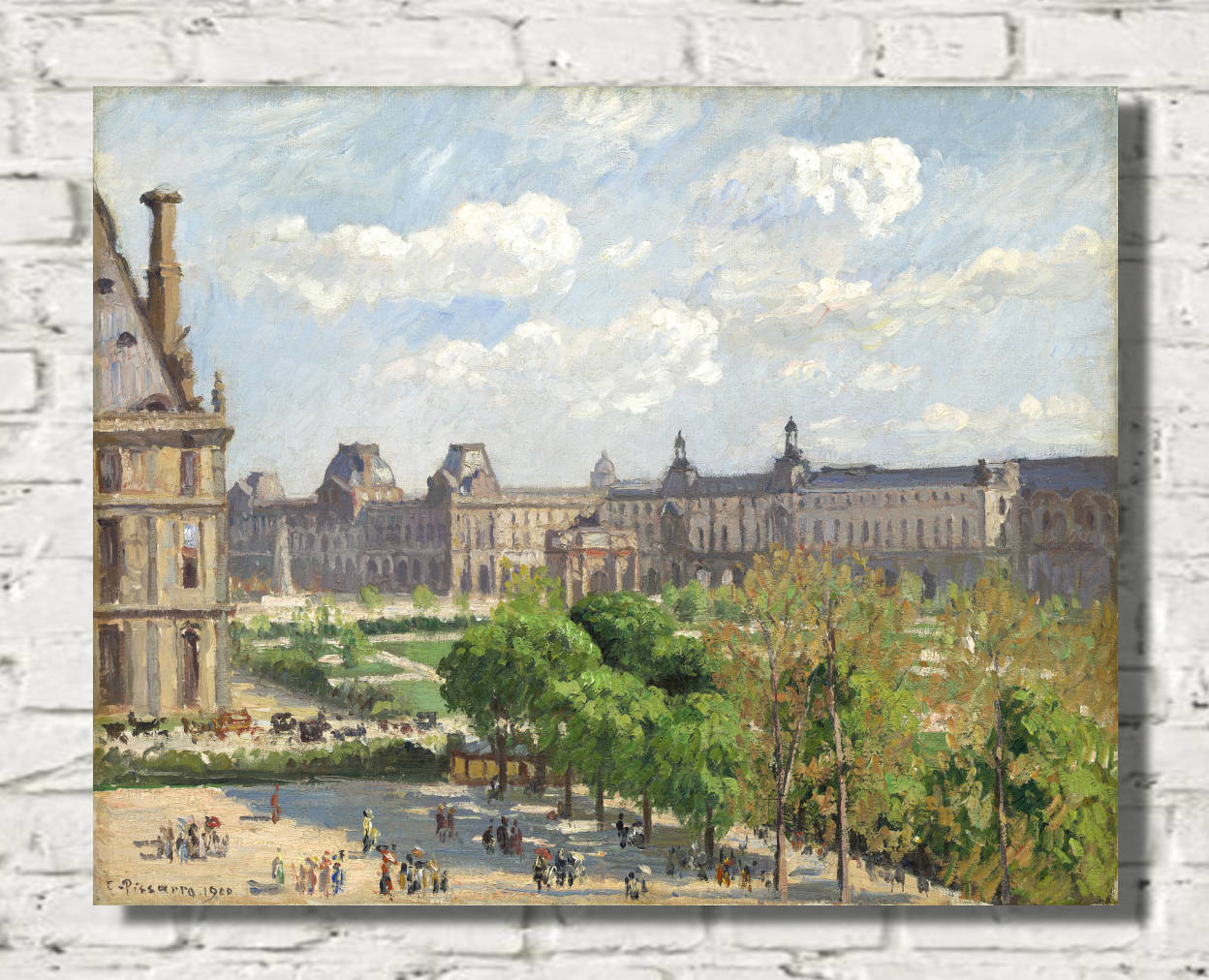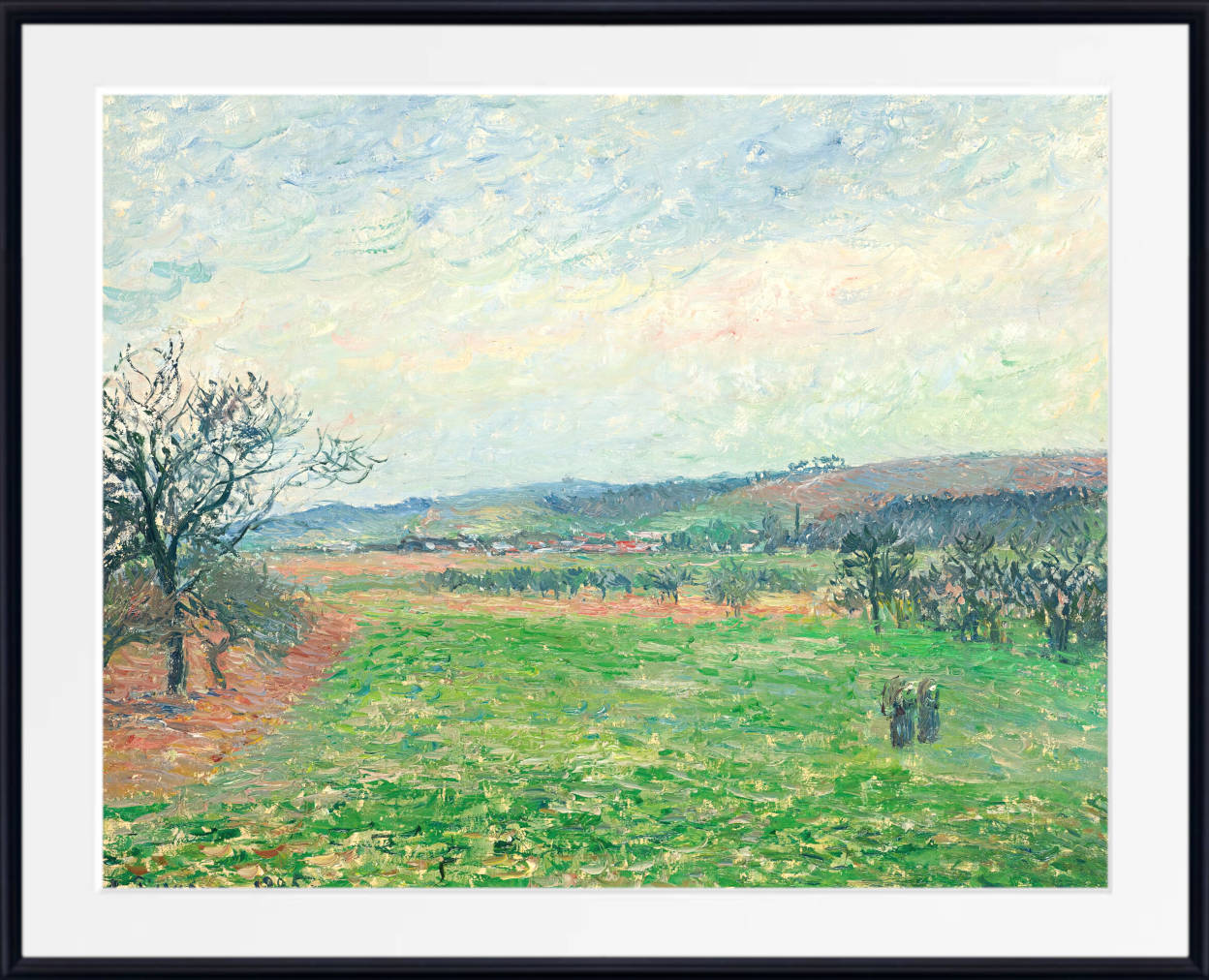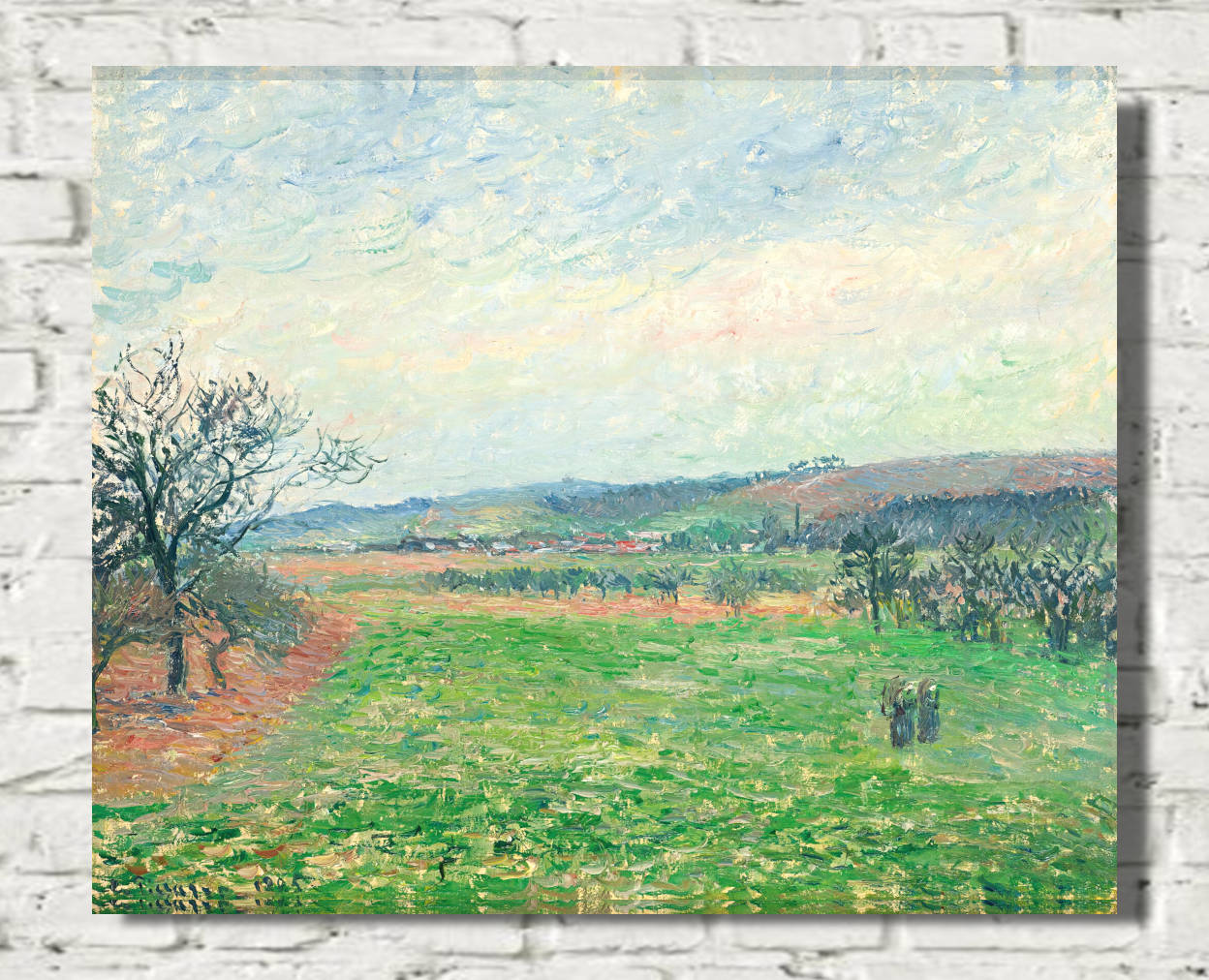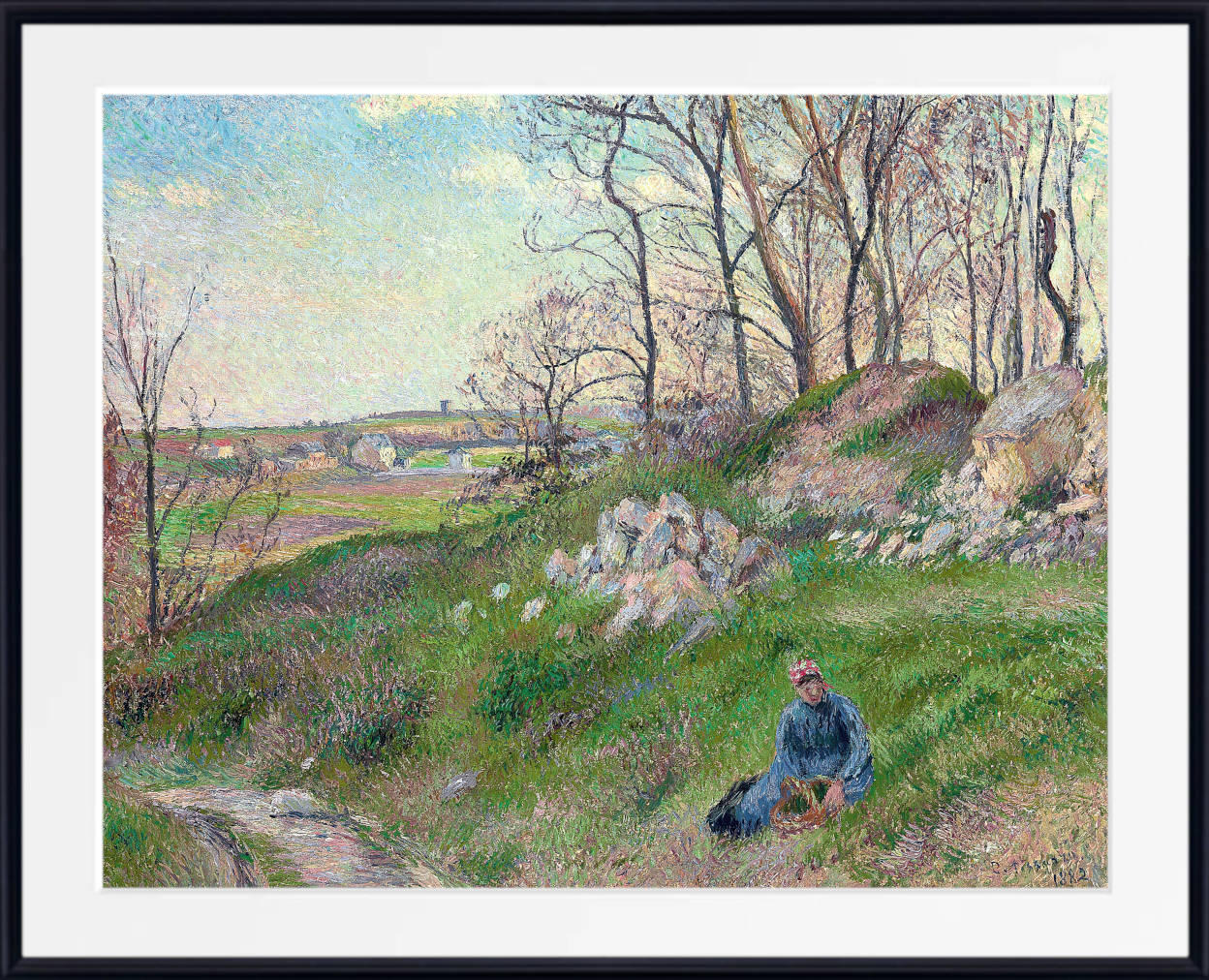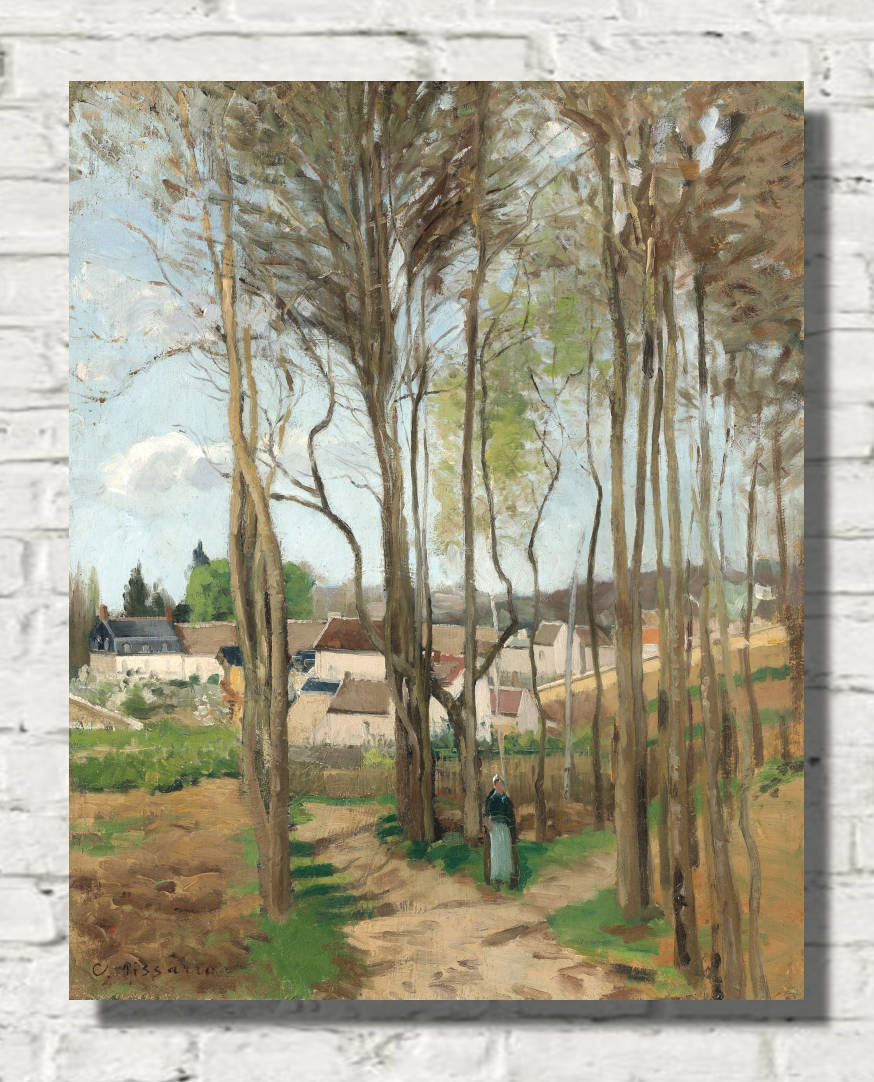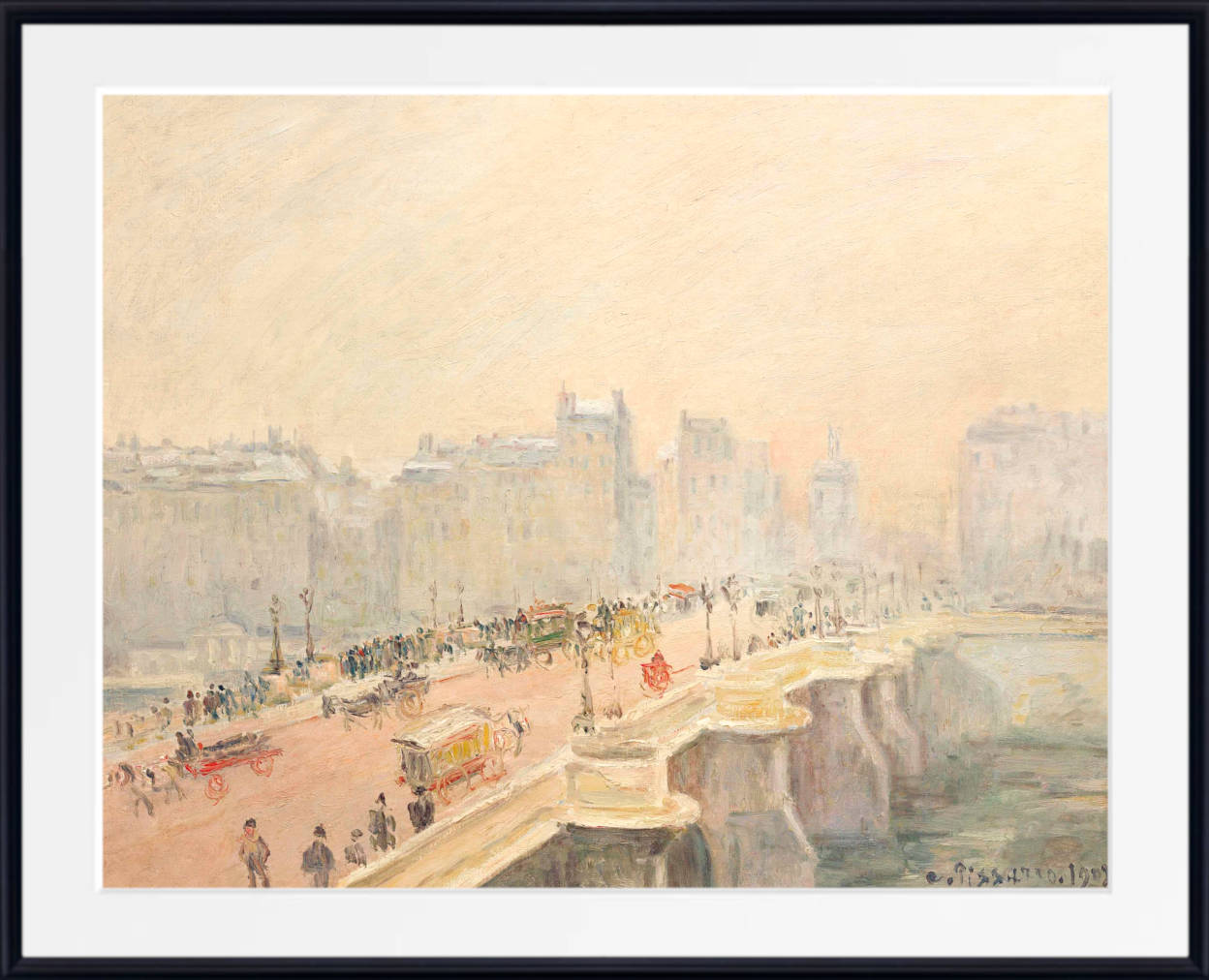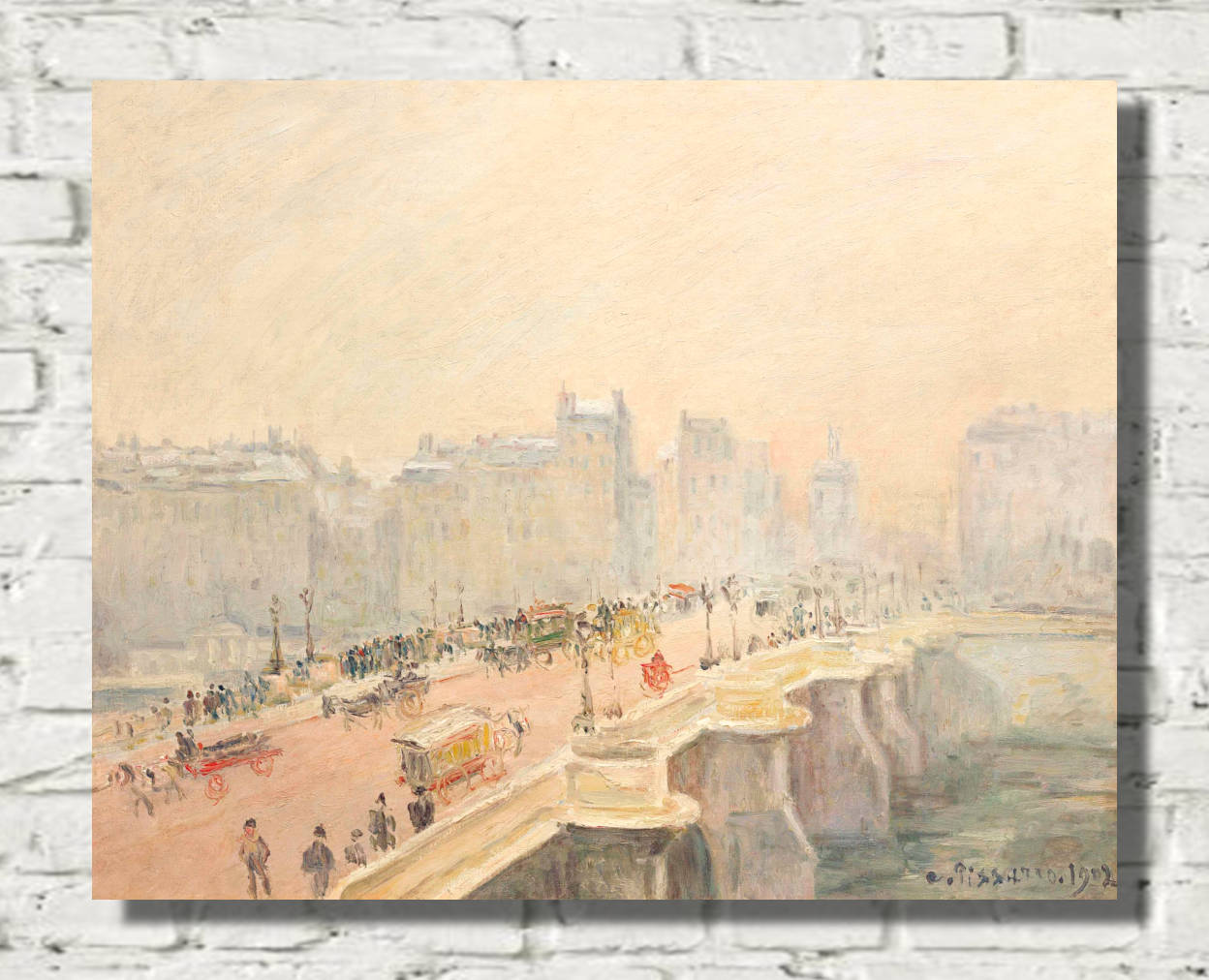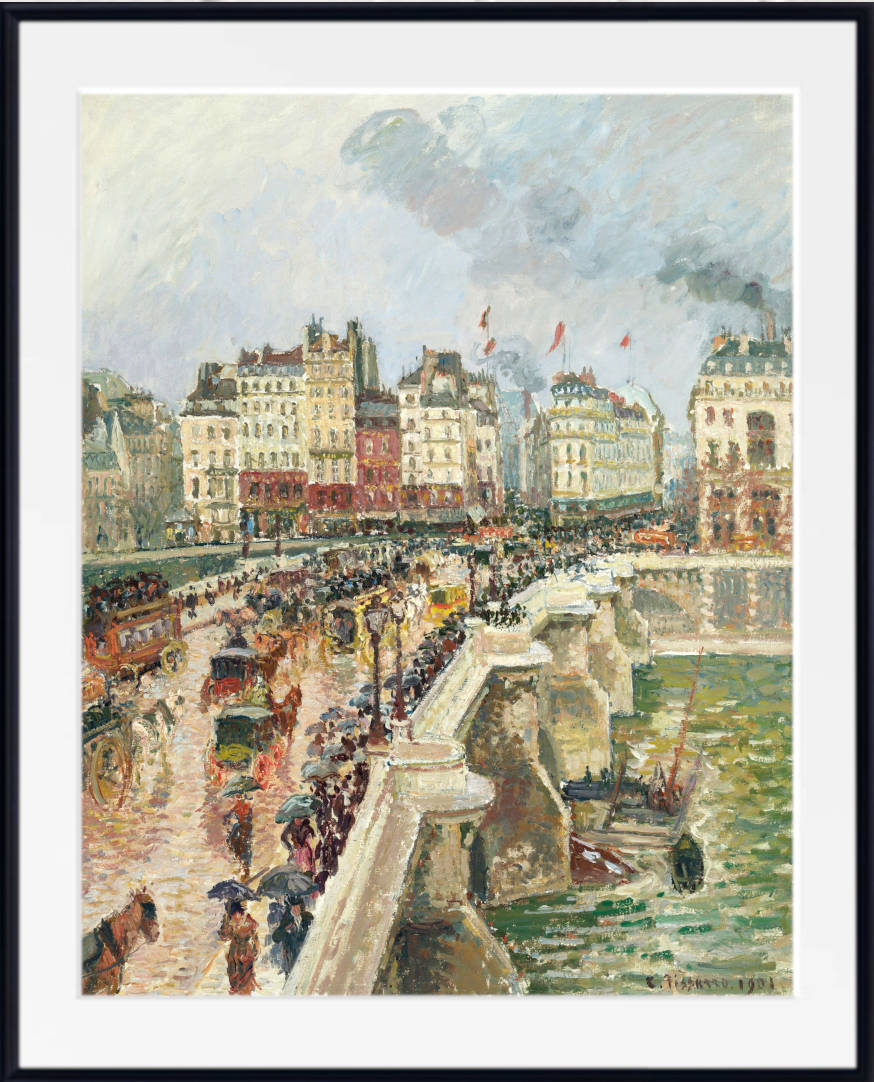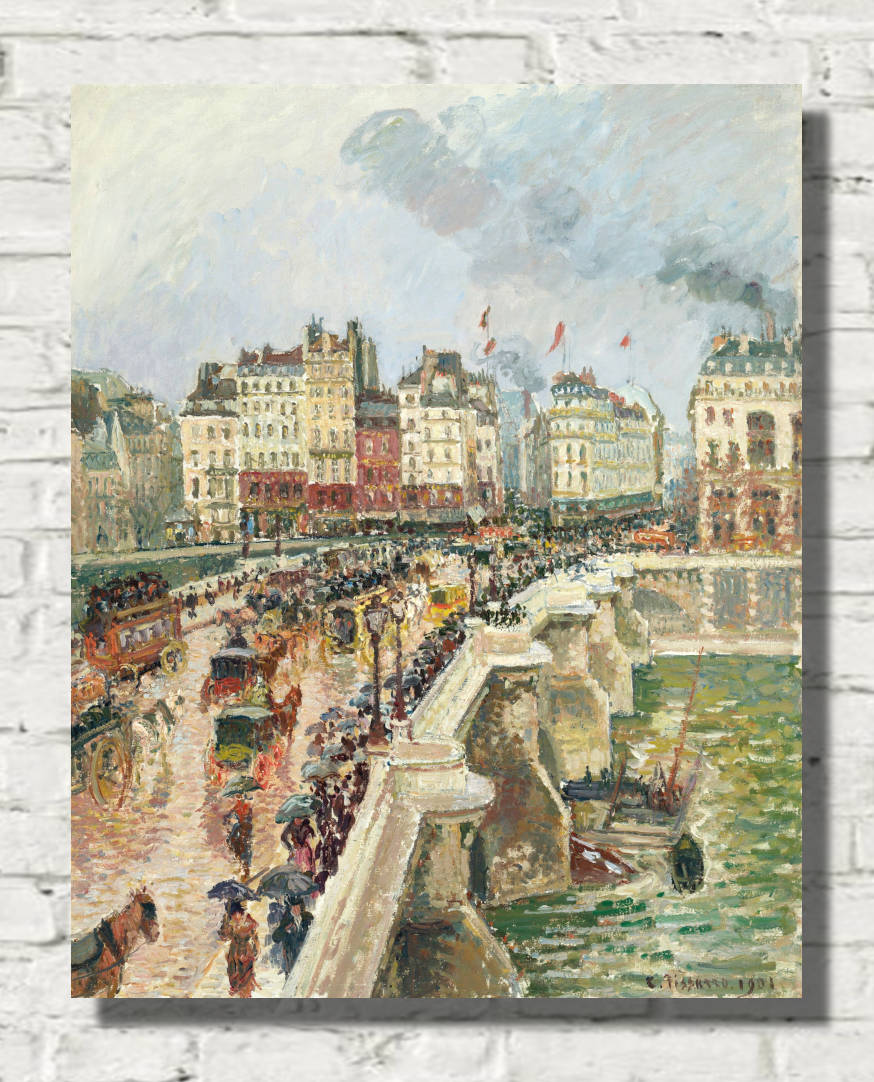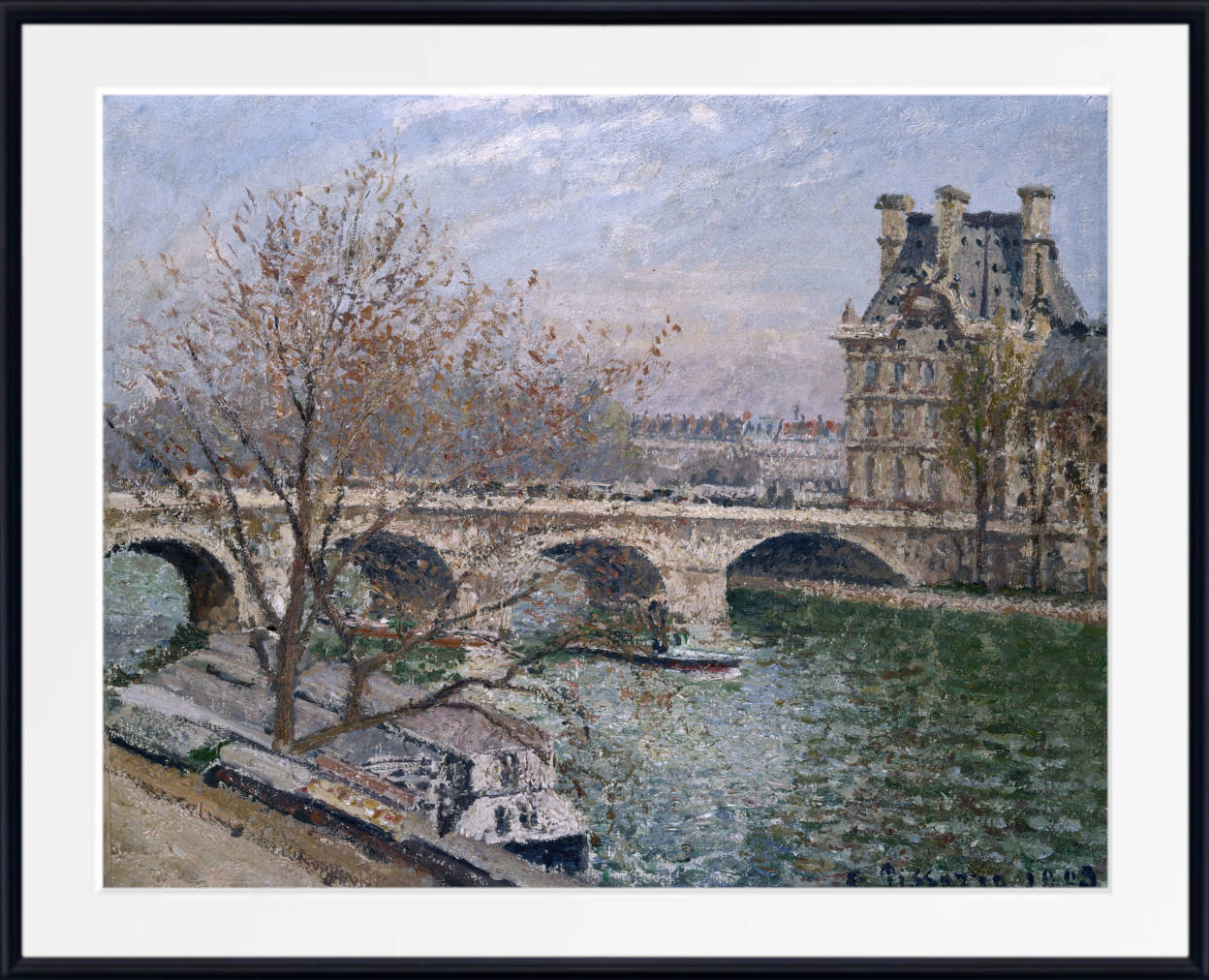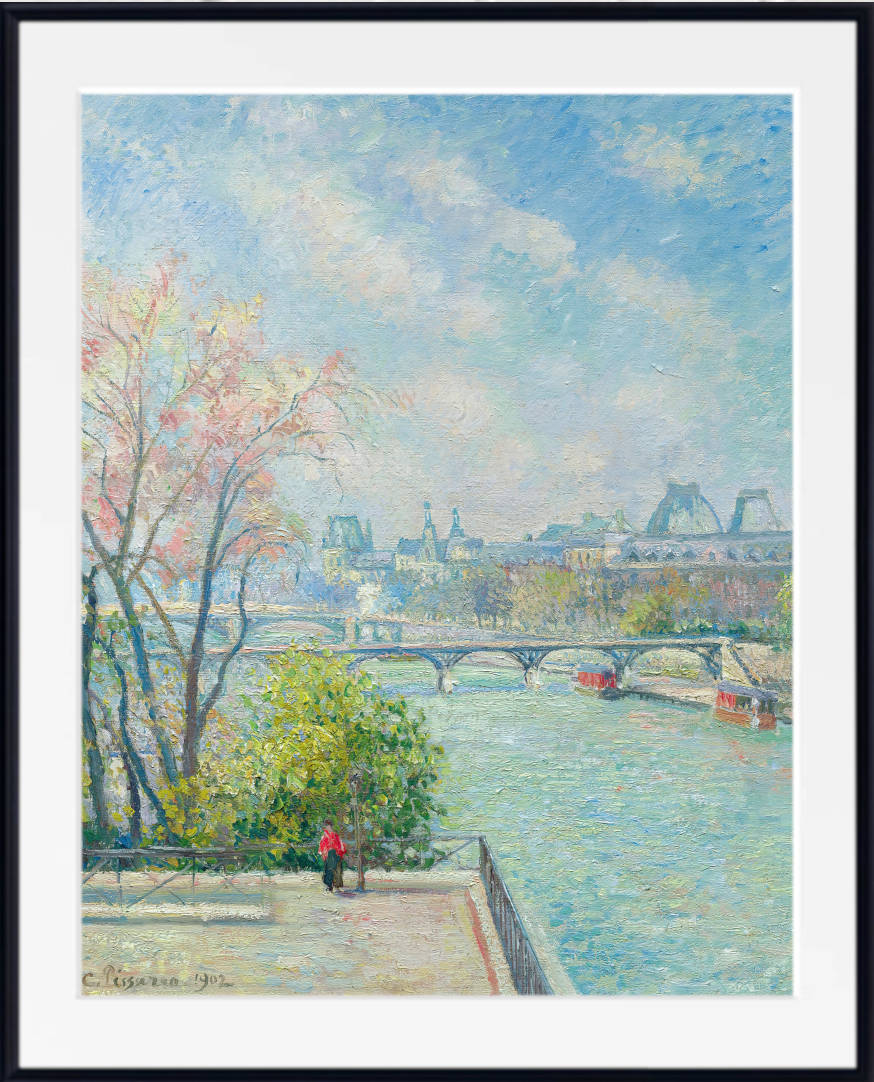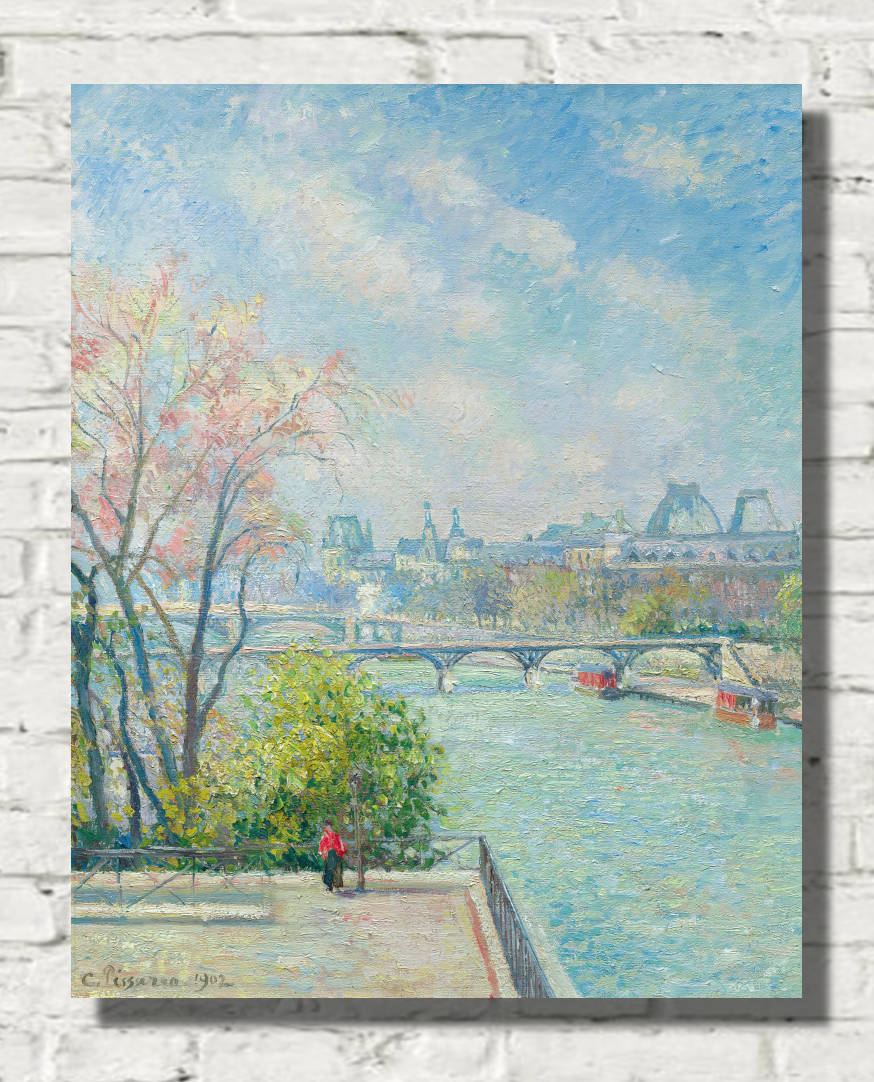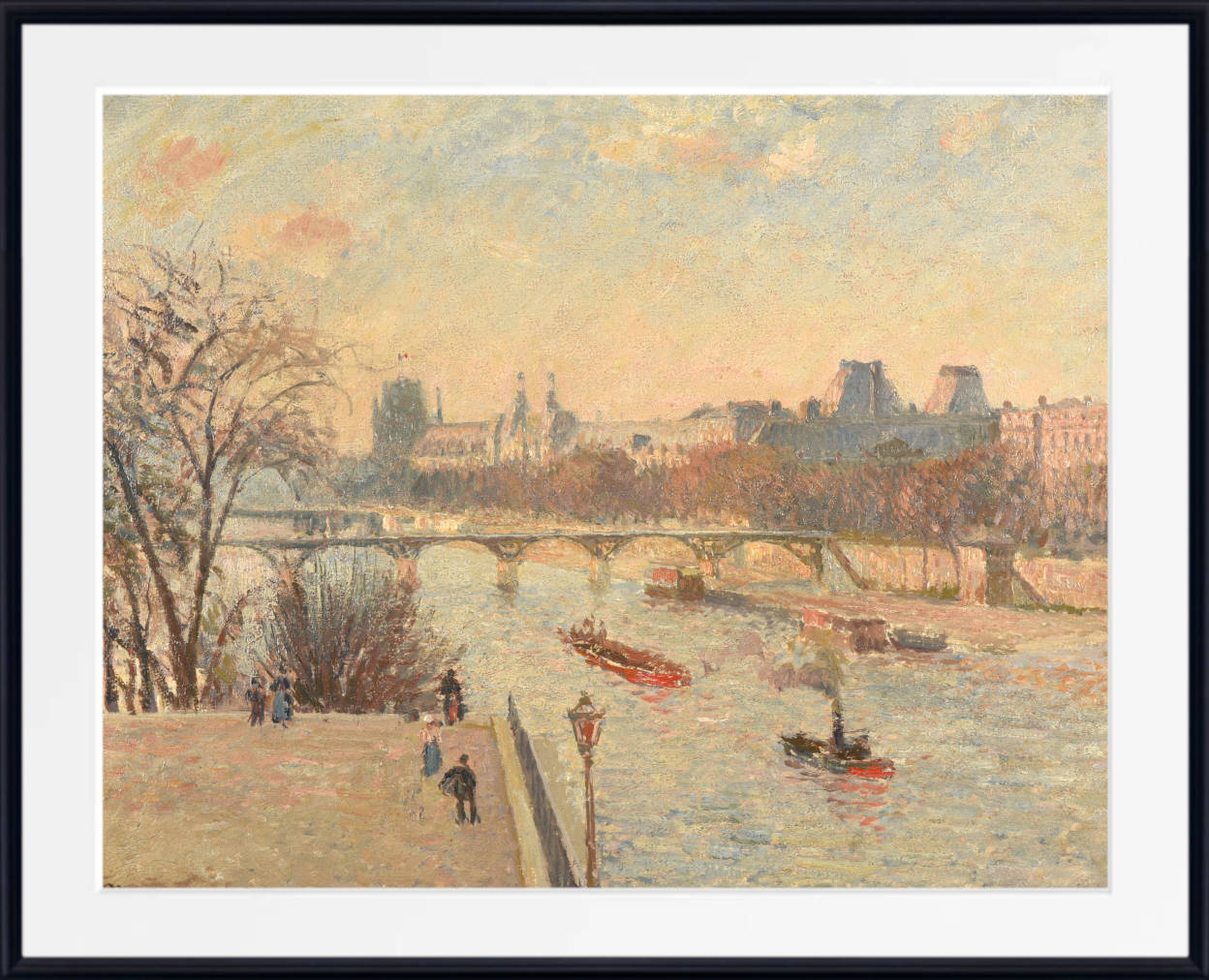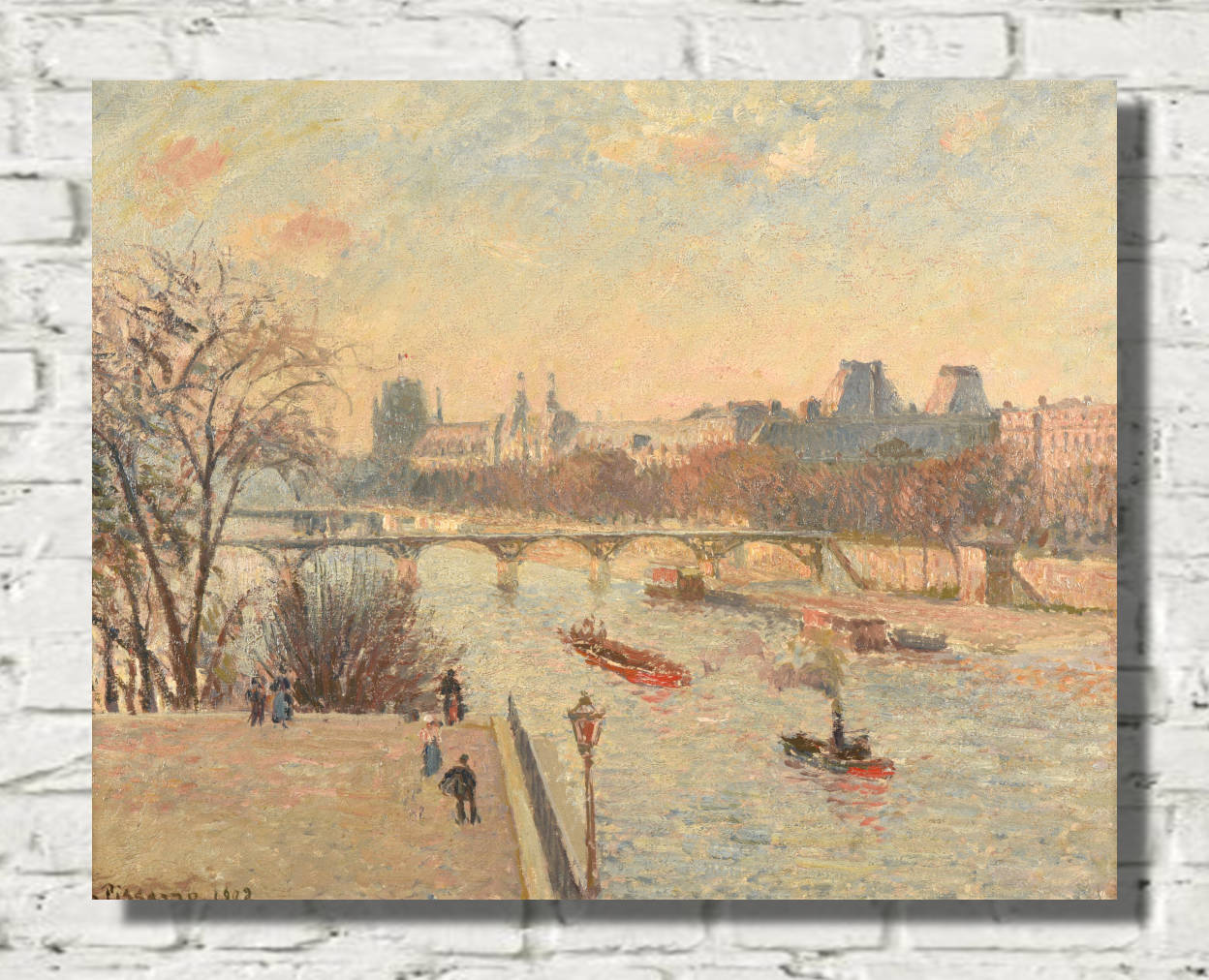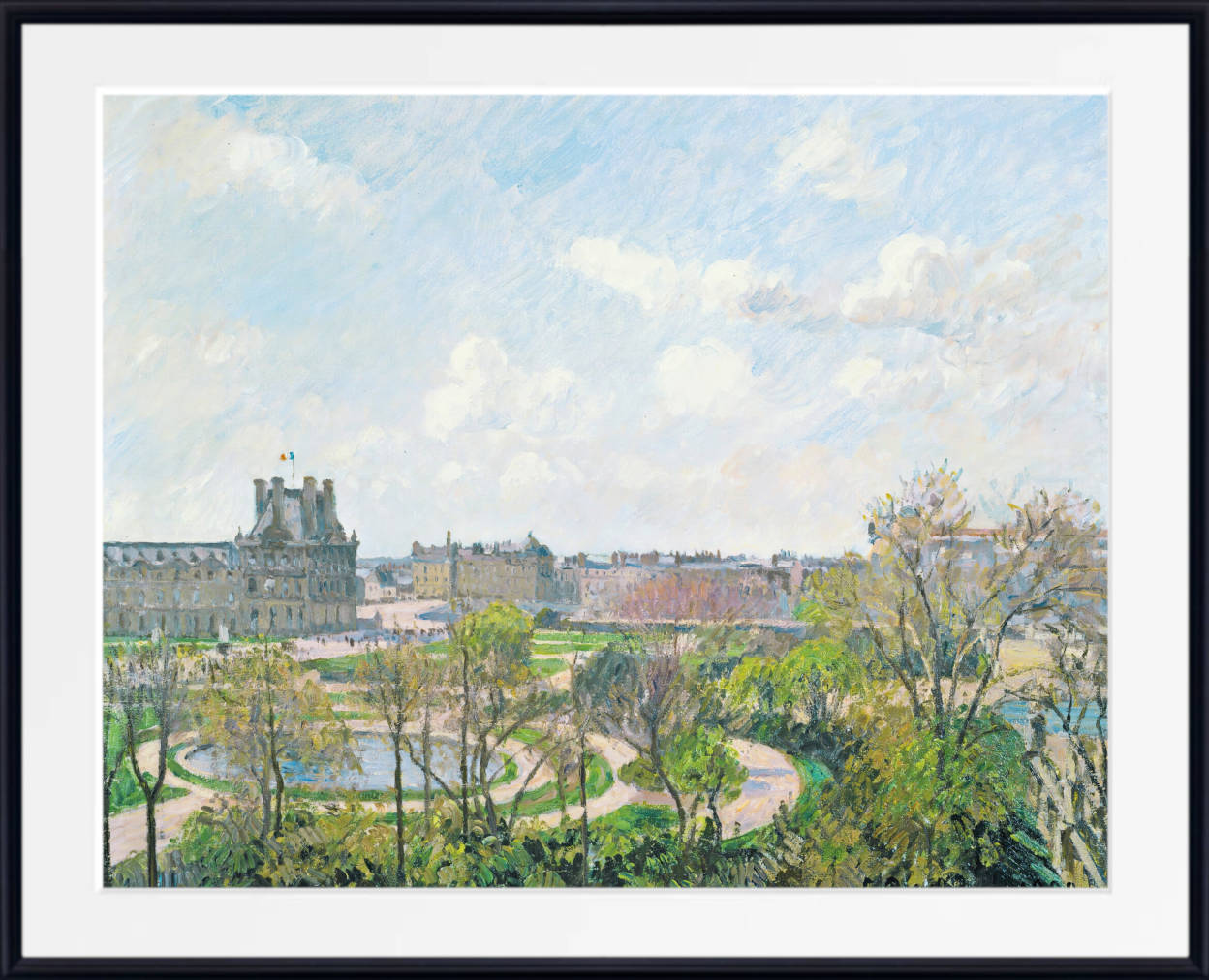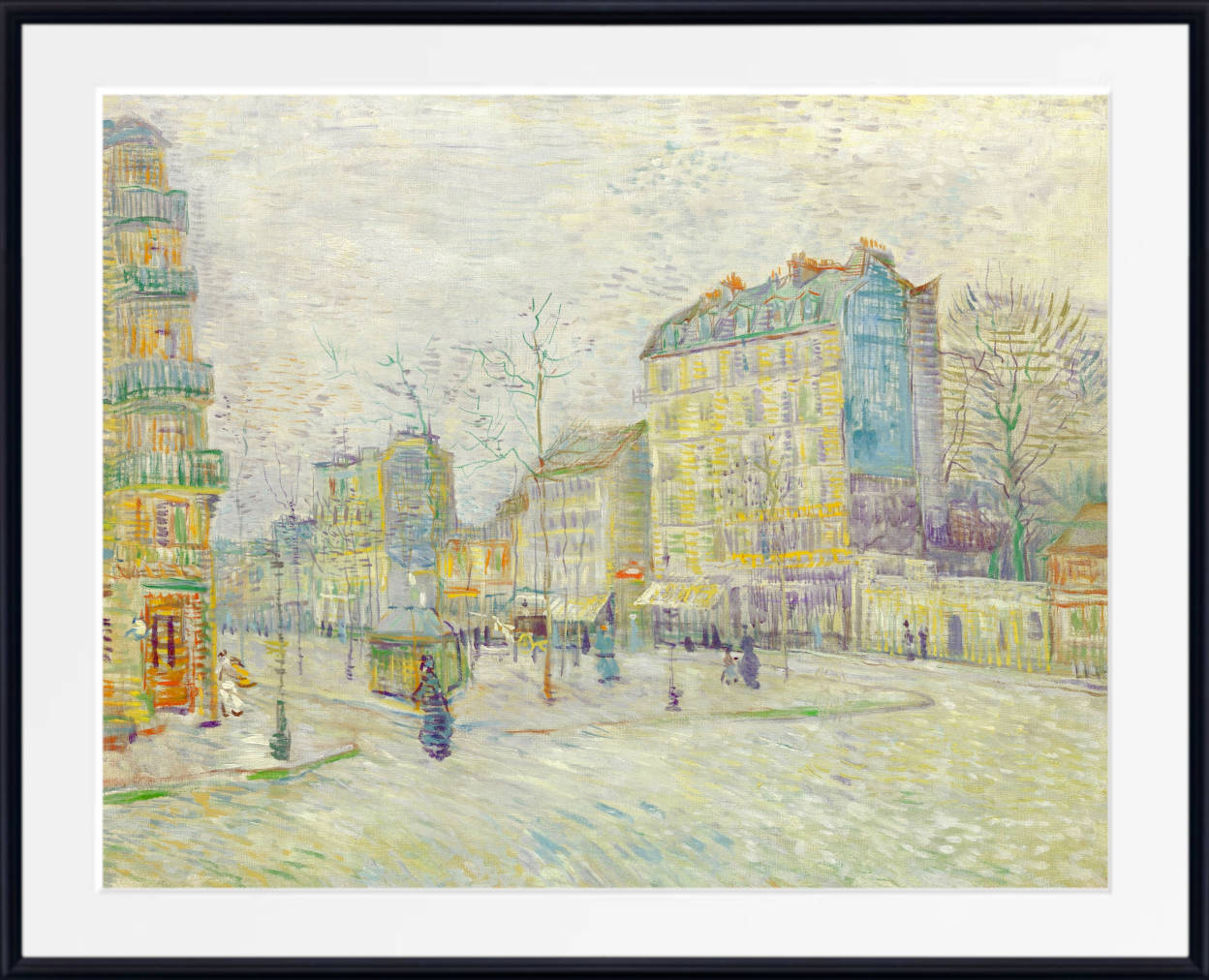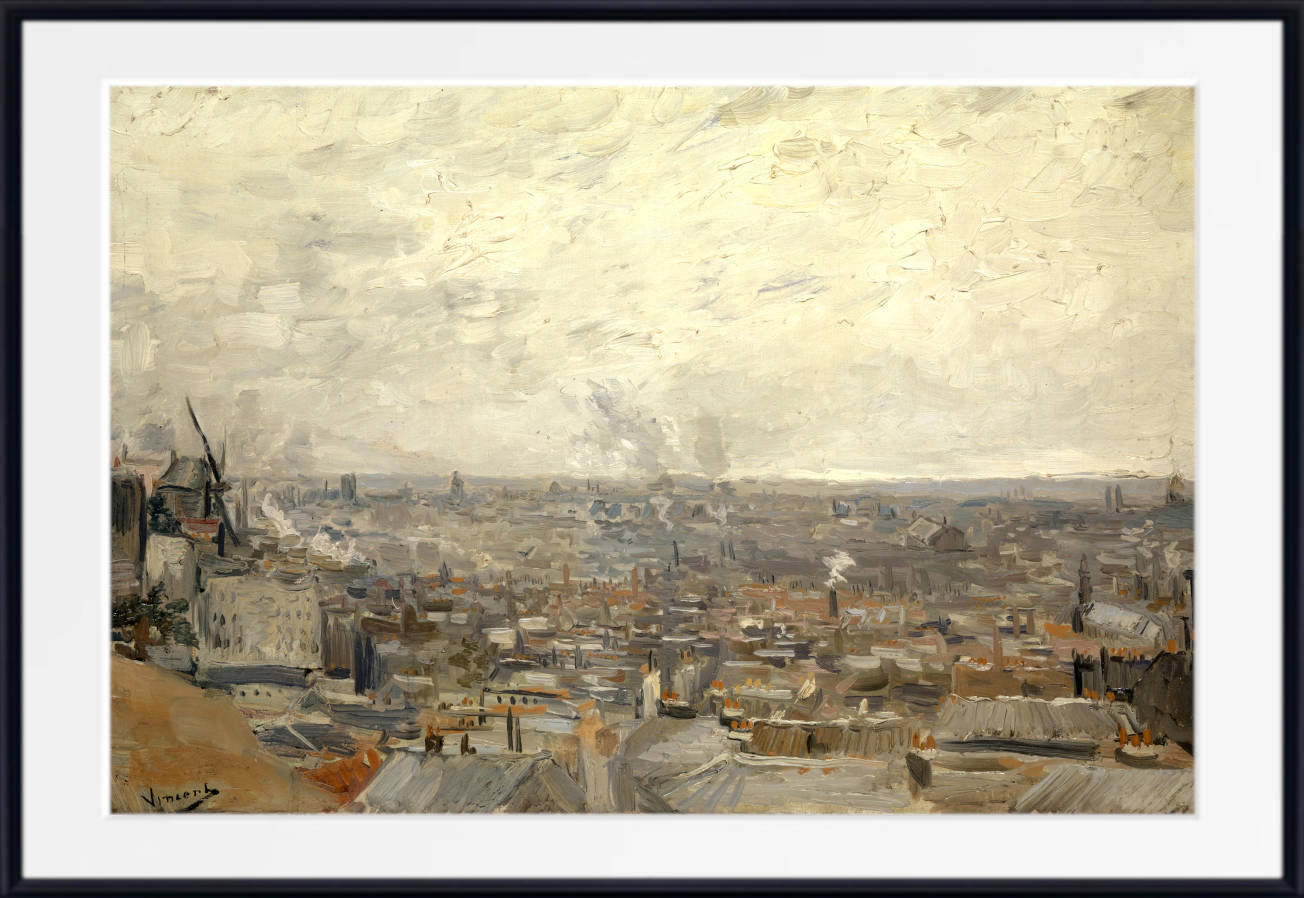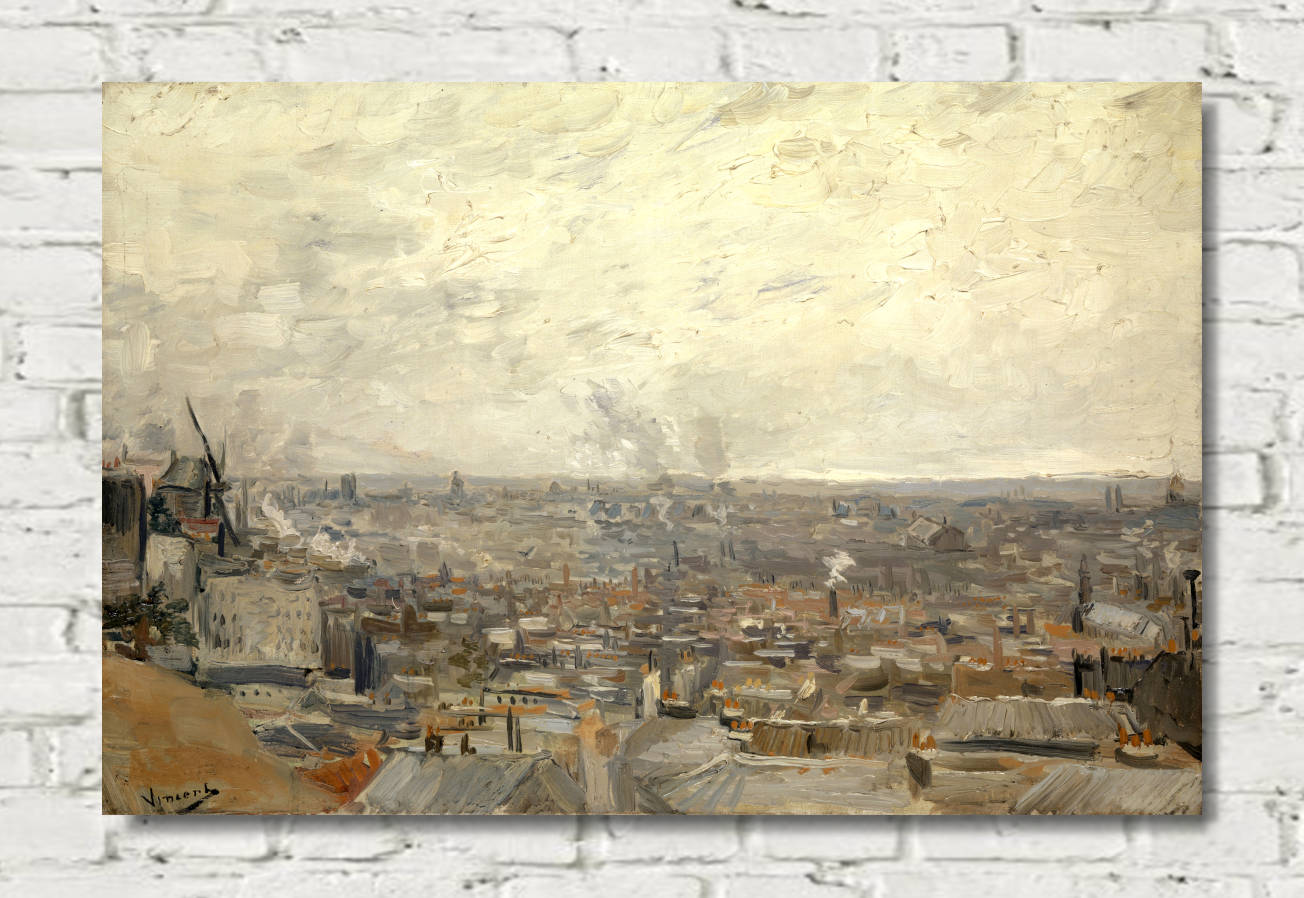Paris, often called the City of Light, takes on a different kind of luminescence when rain falls upon its storied streets. The Impressionist painters of the late 19th and early 20th centuries were particularly adept at capturing these moments, transforming the gray days into vibrant canvases full of shimmering reflections and atmospheric beauty. Their rainy day scenes of Paris have become some of the most beloved and recognizable images in art history.
The Allure of Rain for Impressionists
The Impressionist movement, with its focus on capturing fleeting moments and the play of light, found a perfect subject in rainy Parisian streets. The wet pavements, puddles, and mist created ideal conditions for exploring the movement's core principles.
Reflections and Light
Rain transformed the city into a mirror, with wet surfaces reflecting the sky, buildings, and passersby. This doubling effect fascinated the Impressionists, who used it to create depth and intrigue in their compositions. The diffused light of overcast days also softened shadows and created a more uniform illumination, allowing for subtle explorations of color and tone.
Atmosphere and Mood
Rainy weather brought a certain mood to the city, one that the Impressionists were keen to capture. The hazy outlines of buildings in the mist, the hunched figures hurrying under umbrellas, and the glistening streets all contributed to a distinctly Parisian atmosphere that continues to captivate viewers today.
Masters of the Rainy Cityscape
Several Impressionist painters became particularly renowned for their depictions of rainy Paris. Their unique styles and perspectives offer a diverse view of the city under gray skies.
Gustave Caillebotte: The Modern Flâneur
Gustave Caillebotte's "Paris Street; Rainy Day" (1877) is perhaps the most iconic painting of rainy Paris. This large-scale work depicts a busy intersection in the newly renovated city, with well-dressed Parisians navigating the wet streets under umbrellas. Caillebotte's almost photographic realism, combined with subtle Impressionist techniques, creates a powerful image of modern urban life.
Arrival of the Normandy Train, Gare Saint-Lazare
Claude Monet: Master of Reflections
Claude Monet, the quintessential Impressionist, painted numerous scenes of Paris in the rain. His series of the Gare Saint-Lazare train station includes several rainy day paintings that capture the interplay of steam, smoke, and rain to create a dynamic, almost abstract composition. Monet's mastery of color is evident in these works, where he uses a range of blues, grays, and muted tones to evoke the watery atmosphere.
Boulevard Montmartre Winter Morning
Camille Pissarro: The City from Above
Camille Pissarro often painted Paris from elevated viewpoints, including several rainy day scenes. His "Boulevard Montmartre Winter Morning" (1897) shows the bustling street from above, with umbrellas dotting the wet boulevard like colorful mushrooms. Pissarro's technique of using small, distinct brushstrokes to build up the image is particularly effective in capturing the misty, rain-soaked atmosphere.
Pierre-Auguste Renoir: The Joy in the Rain
While many artists focused on the somber aspects of rainy weather, Pierre-Auguste Renoir often found joy and vivacity in wet Parisian scenes. His "Umbrellas" (circa 1881-1886) depicts a crowded street scene with figures huddled under umbrellas, but the painting is full of life and movement, with splashes of color enlivening the gray day.
Techniques for Portraying Rain
The Impressionists developed various techniques to convey the effects of rain on the urban landscape, many of which were revolutionary for their time.
Brushwork and Texture
To capture the blurred edges and hazy atmosphere of a rainy day, artists often used loose, expressive brushwork. Short, broken strokes could suggest the patter of raindrops, while long, vertical streaks mimicked the fall of rain. The texture of the paint itself became a tool for expressing wetness, with thick impasto used to create the illusion of puddles or wet cobblestones.
Color Palette
The colors of rainy Paris were not simply gray. Impressionists used a subtle and complex palette to capture the nuances of wet weather. Blues, purples, and greens were often incorporated to suggest the reflective quality of wet surfaces. Touches of warm colors – a red umbrella, a yellow lamplight – would stand out against the cool tones, creating points of interest and guiding the viewer's eye.
Light and Shadow
Overcast days presented a unique challenge in terms of light and shadow. Without strong directional sunlight, shadows became softer and less defined. Impressionists used this effect to their advantage, creating a sense of unity across their compositions and focusing on the subtle gradations of light across wet surfaces.
The Paris They Painted
The Paris of the Impressionists was a city in transition. Baron Haussmann's massive urban renewal project had created wide boulevards and uniform building facades, providing new vistas and perspectives for artists to explore.
Modern Urban Life
Rainy day paintings often captured the essence of modern urban life in Paris. The figures in these works are usually anonymous city dwellers, going about their business despite the weather. This focus on everyday scenes and ordinary people was a hallmark of the Impressionist movement, reflecting the changing social dynamics of the time.
Iconic Locations
While many rainy day scenes depict anonymous street corners, others showcase iconic Parisian locations. The grand boulevards, famous bridges over the Seine, and landmarks like the Eiffel Tower and Notre-Dame Cathedral all appear in Impressionist rainy day paintings, often transformed by the weather into dreamlike versions of themselves.
Legacy and Influence
The Impressionists' rainy day paintings of Paris have had a lasting impact on both art and popular culture. These works continue to shape our perception of Paris, contributing to the romantic image of the city that persists to this day.
Artistic Influence
The techniques developed by the Impressionists for capturing rain and its effects have influenced generations of artists. Their approach to color, light, and atmosphere in adverse weather conditions opened up new possibilities in landscape and cityscape painting.
Cultural Impact
These paintings have become synonymous with a certain idea of Paris – romantic, moody, and timelessly elegant. They have been reproduced countless times and have inspired everything from photography to film, helping to cement Paris's reputation as one of the world's most beautiful cities, even (or especially) in the rain.
Conclusion
The Impressionists' views of wet Parisian streets offer us more than just beautiful images; they provide a window into a specific time and place, capturing the atmosphere of a changing city and the daily lives of its inhabitants. Through their innovative techniques and keen observations, these artists transformed rainy days in the City of Light into luminous works of art that continue to resonate with viewers today. In their hands, the gray skies and wet streets of Paris became a stage for exploring the beauty of the everyday, the play of light and reflection, and the ever-changing face of urban life.
Related Articles
Scenes of Paris

